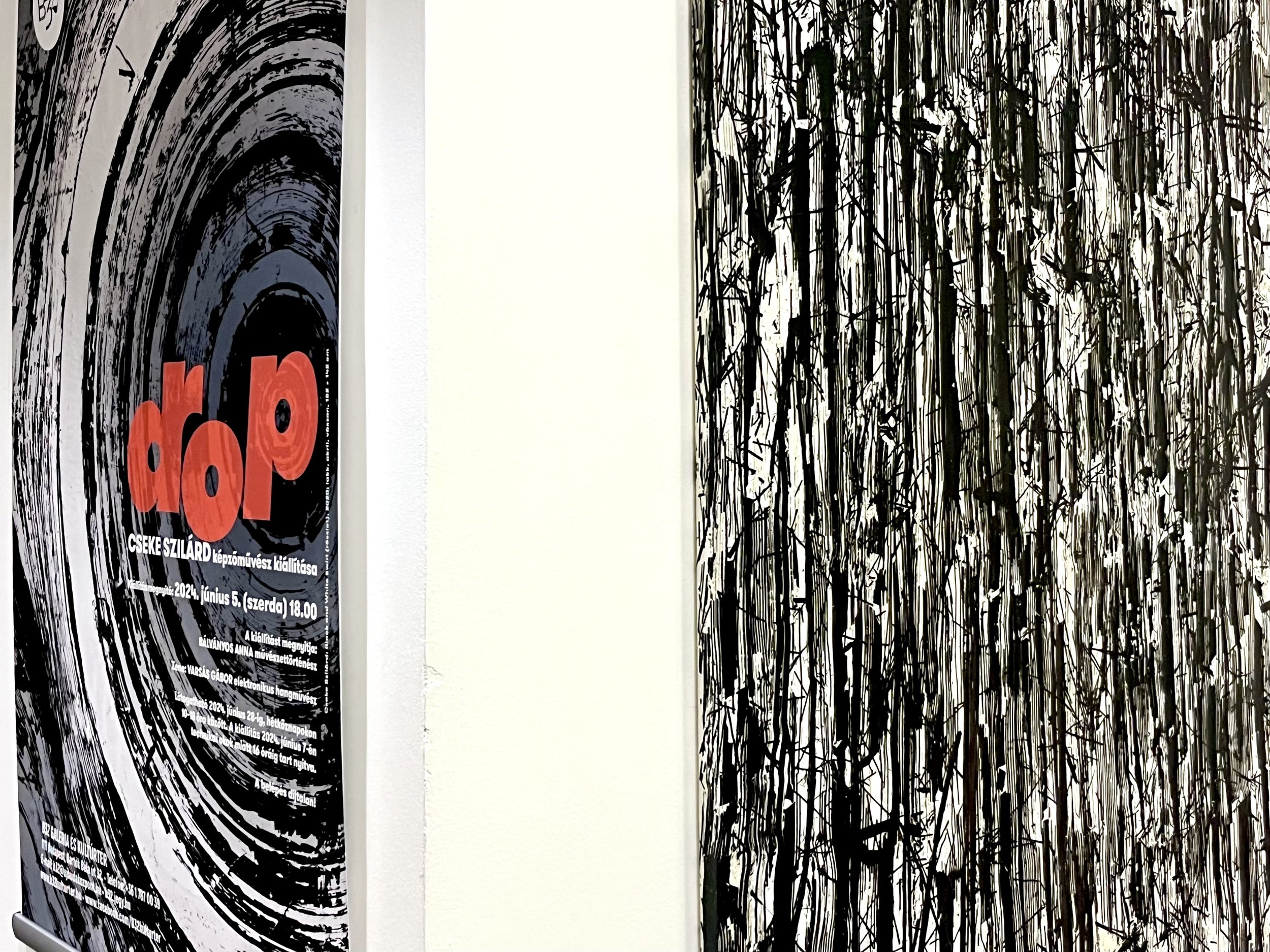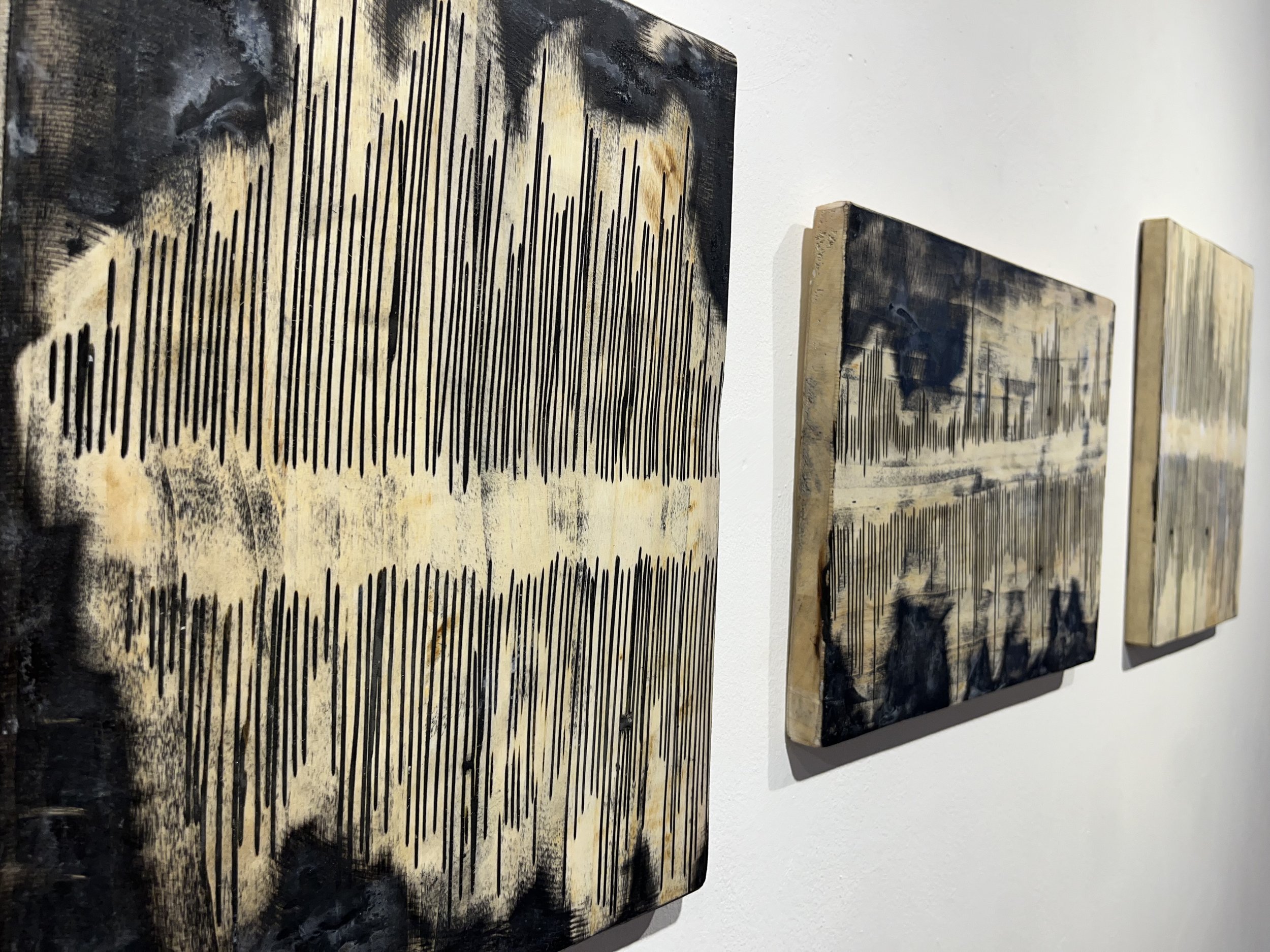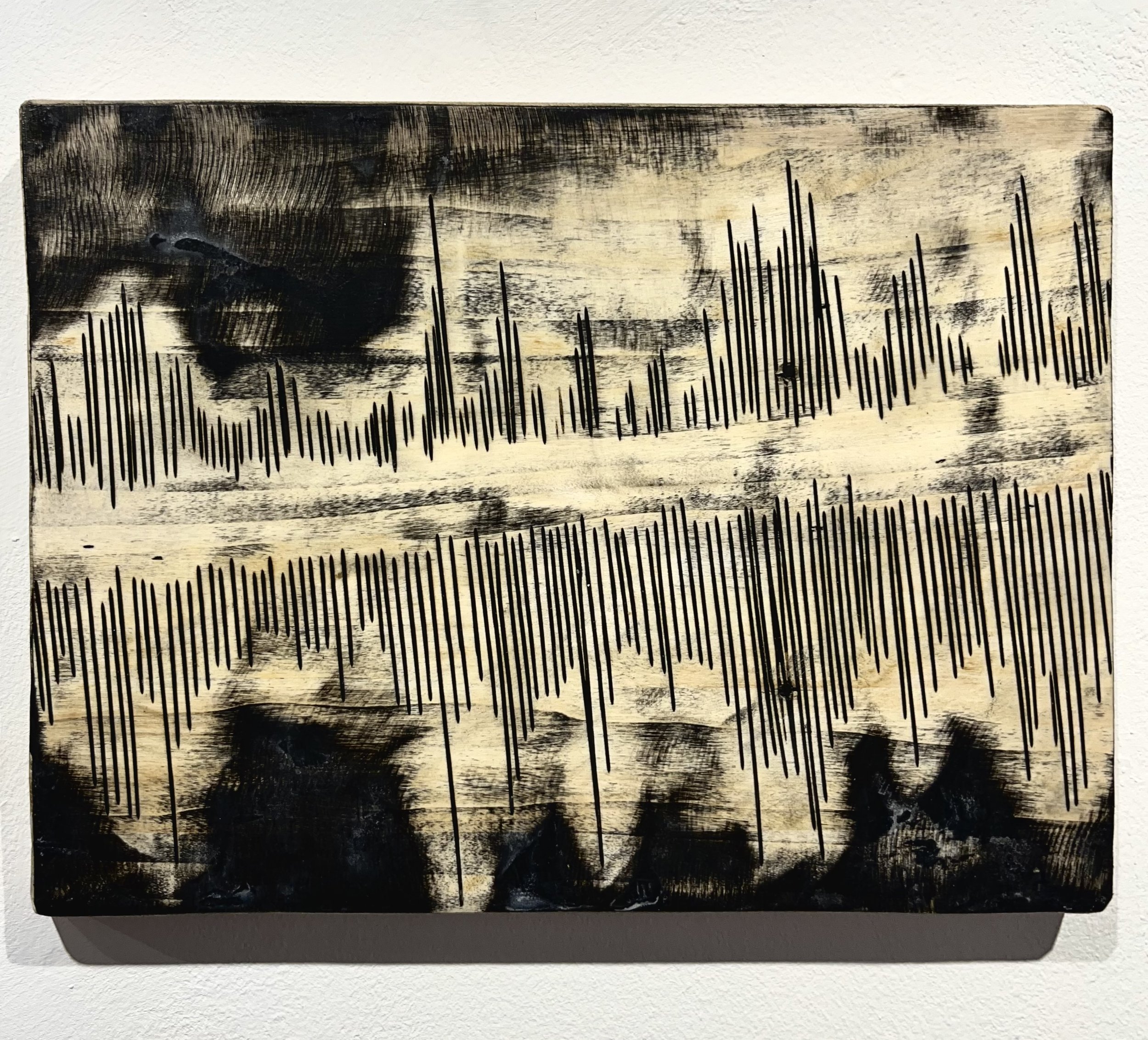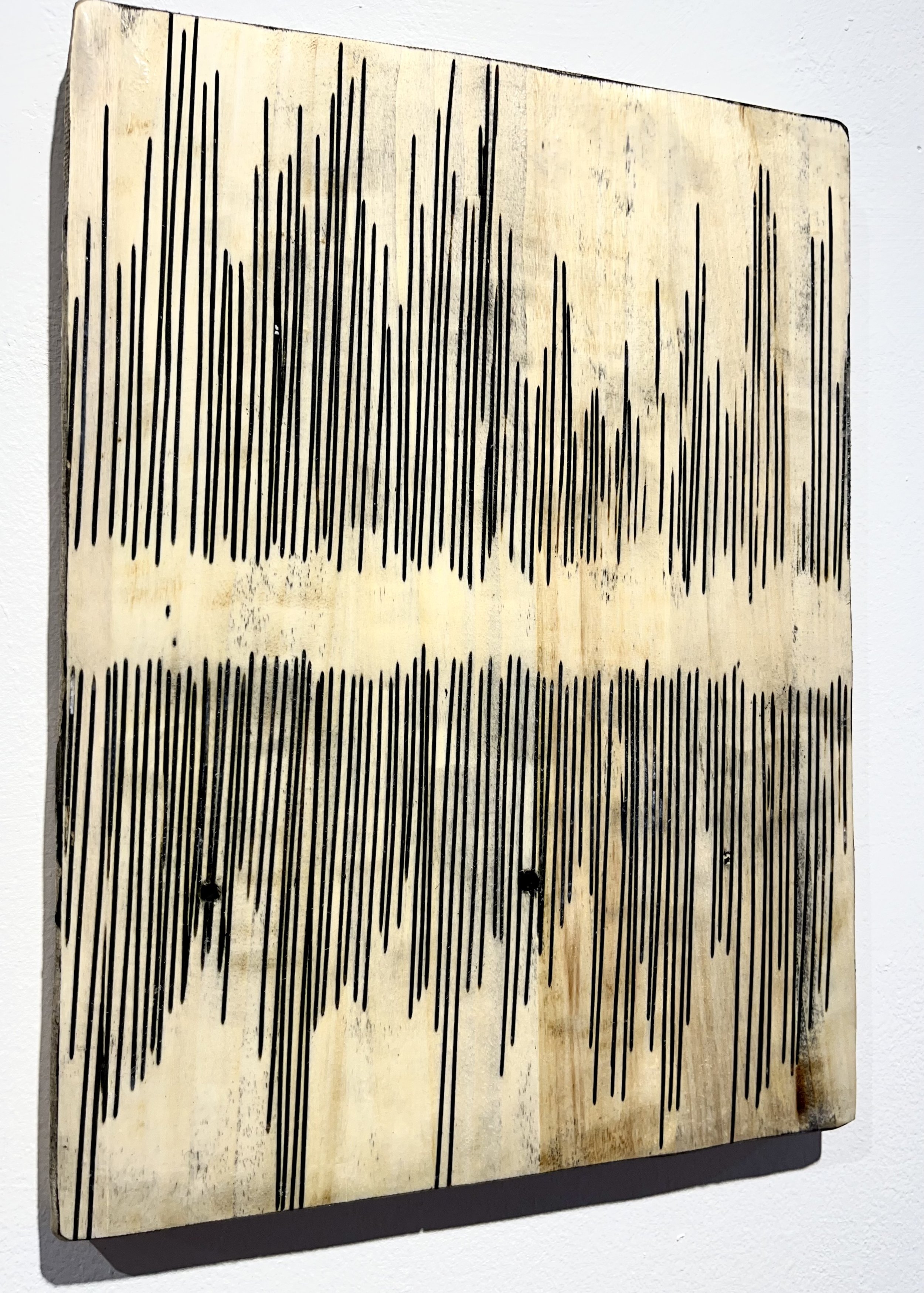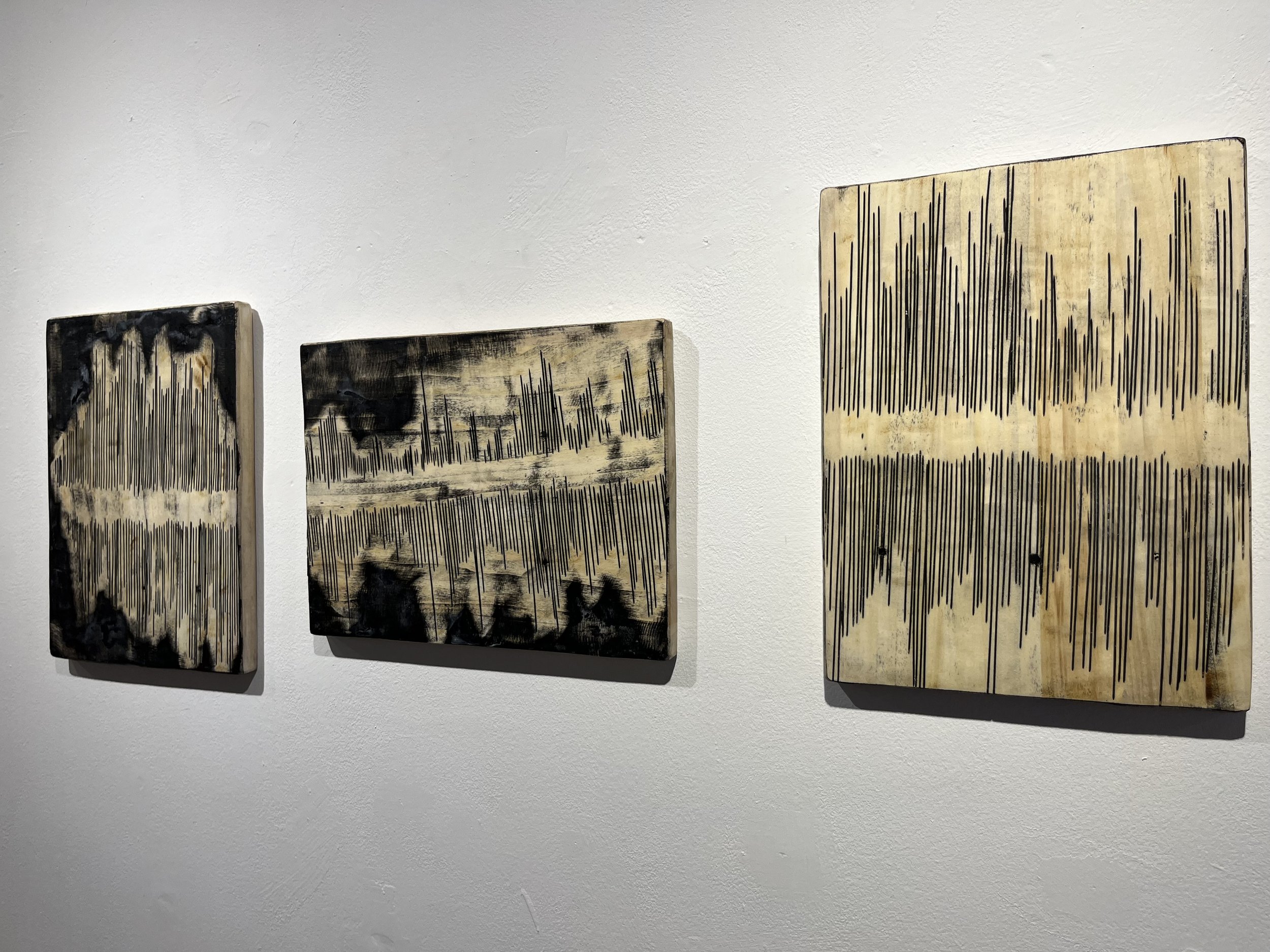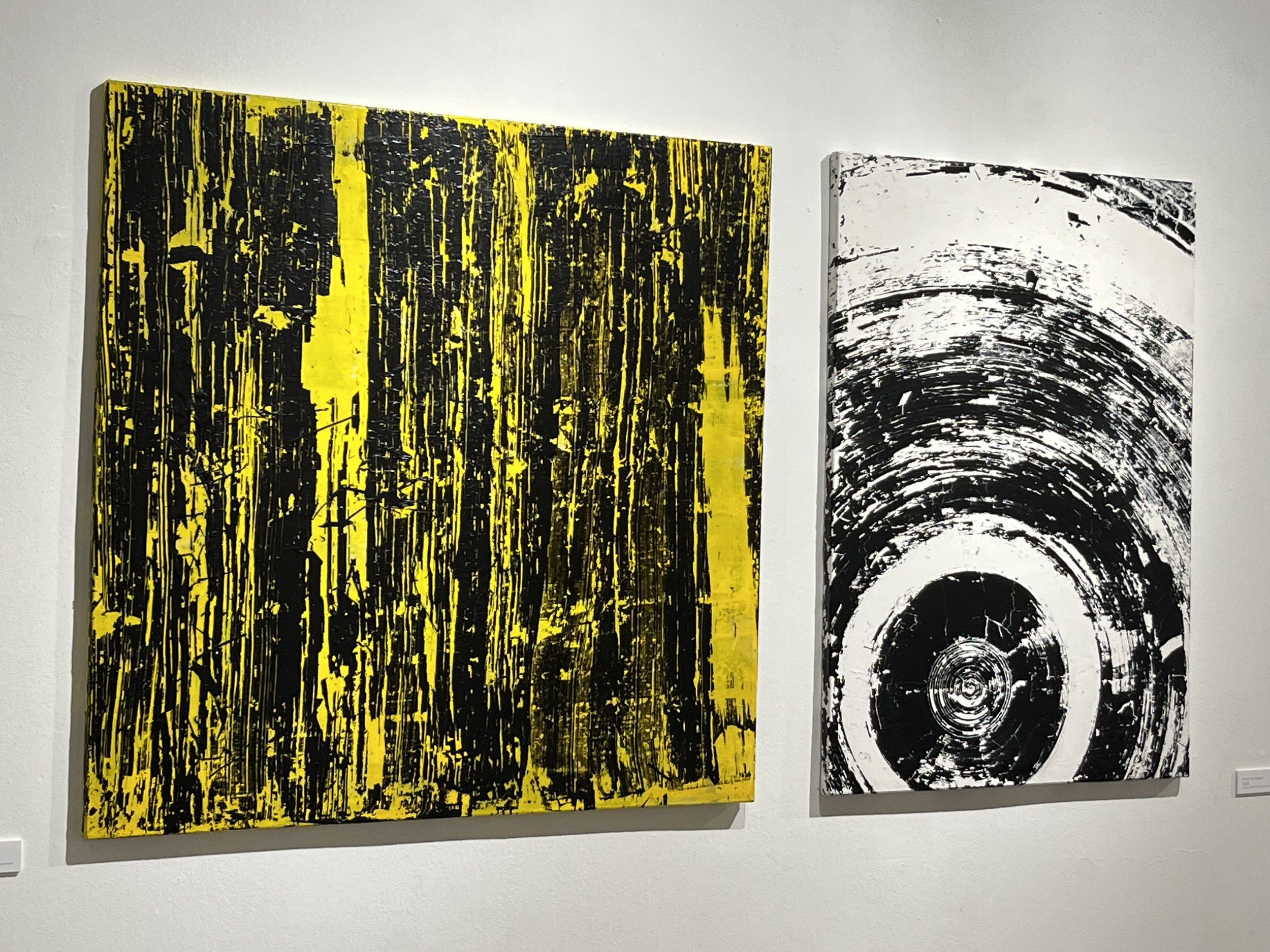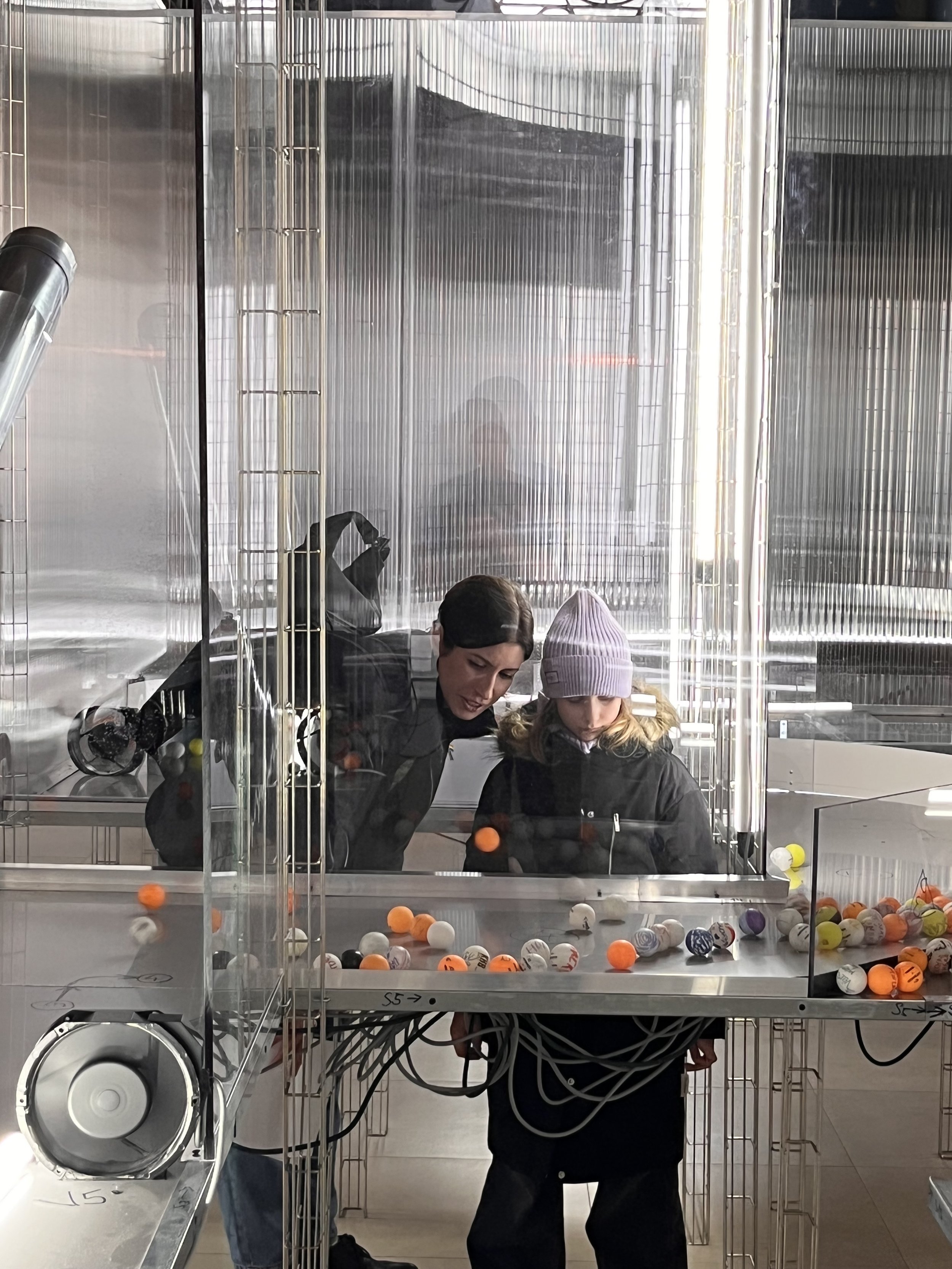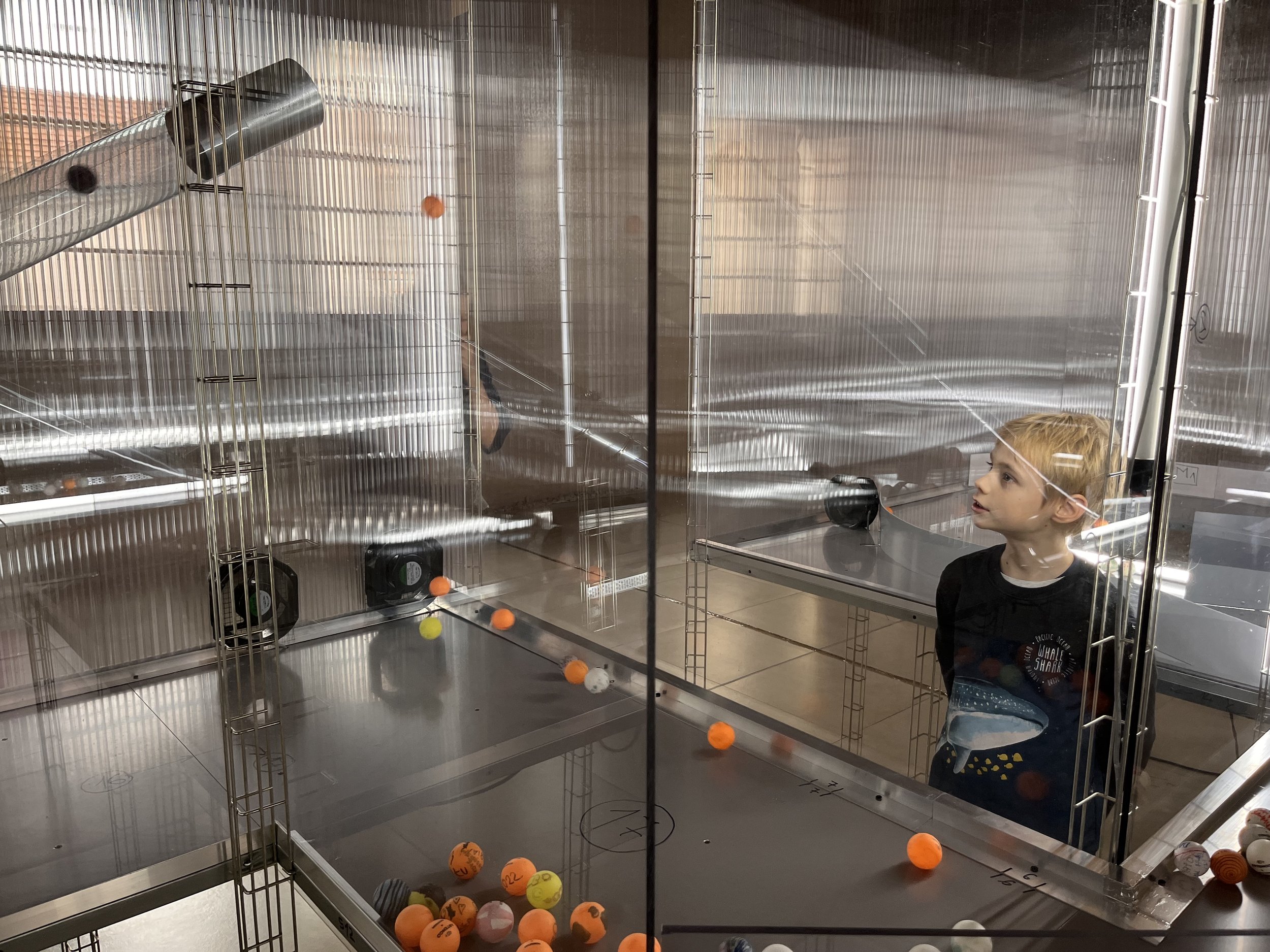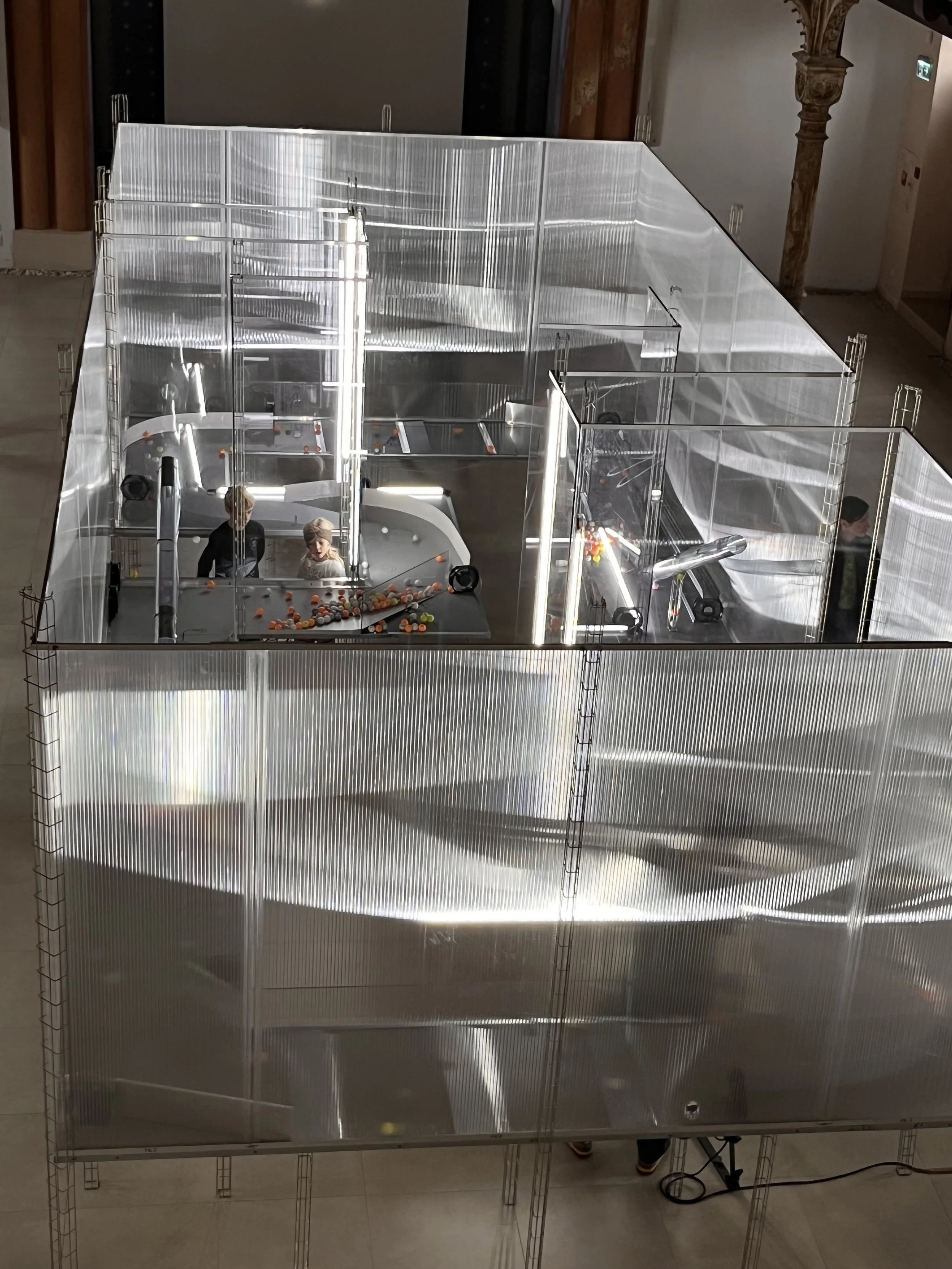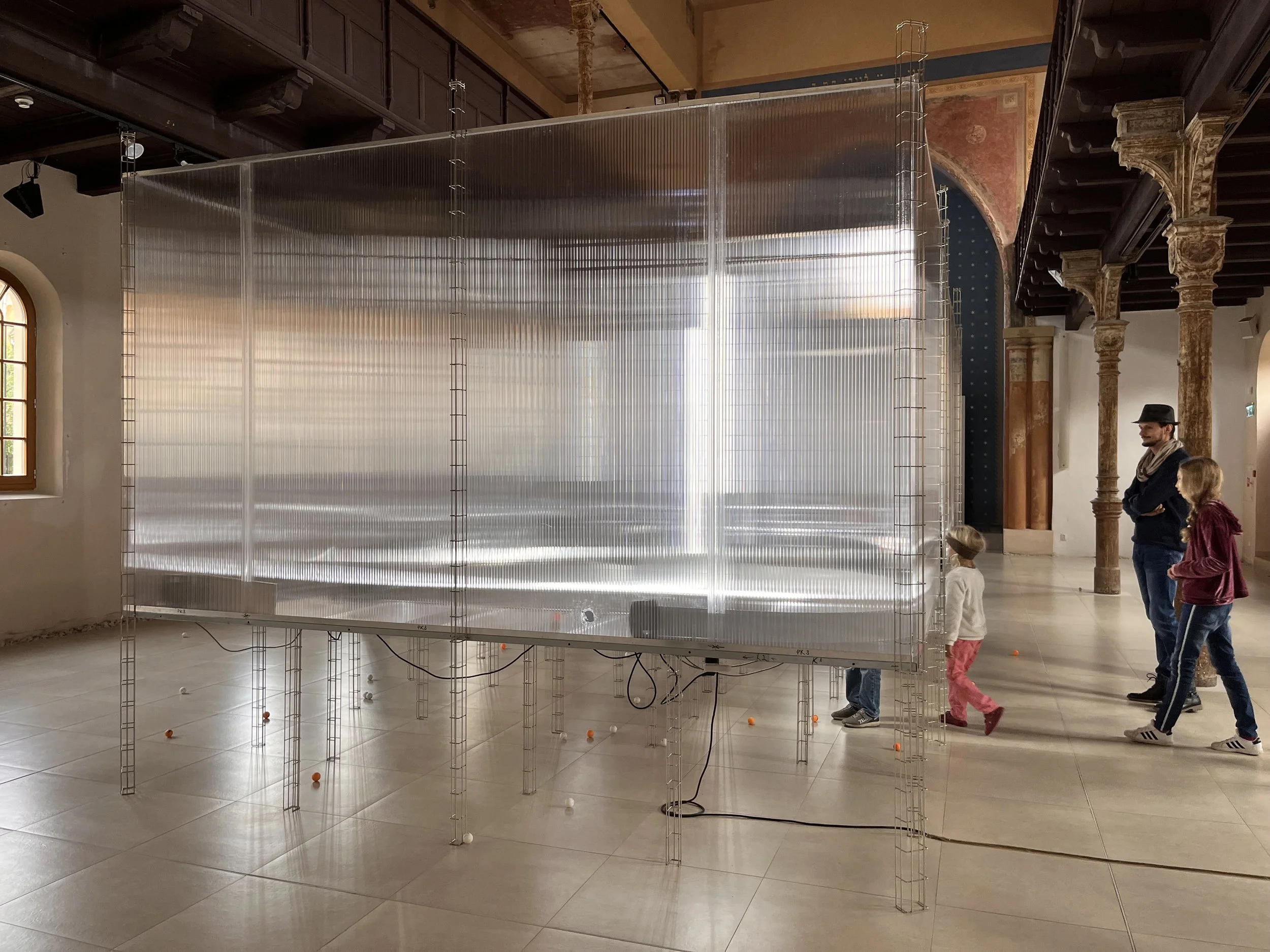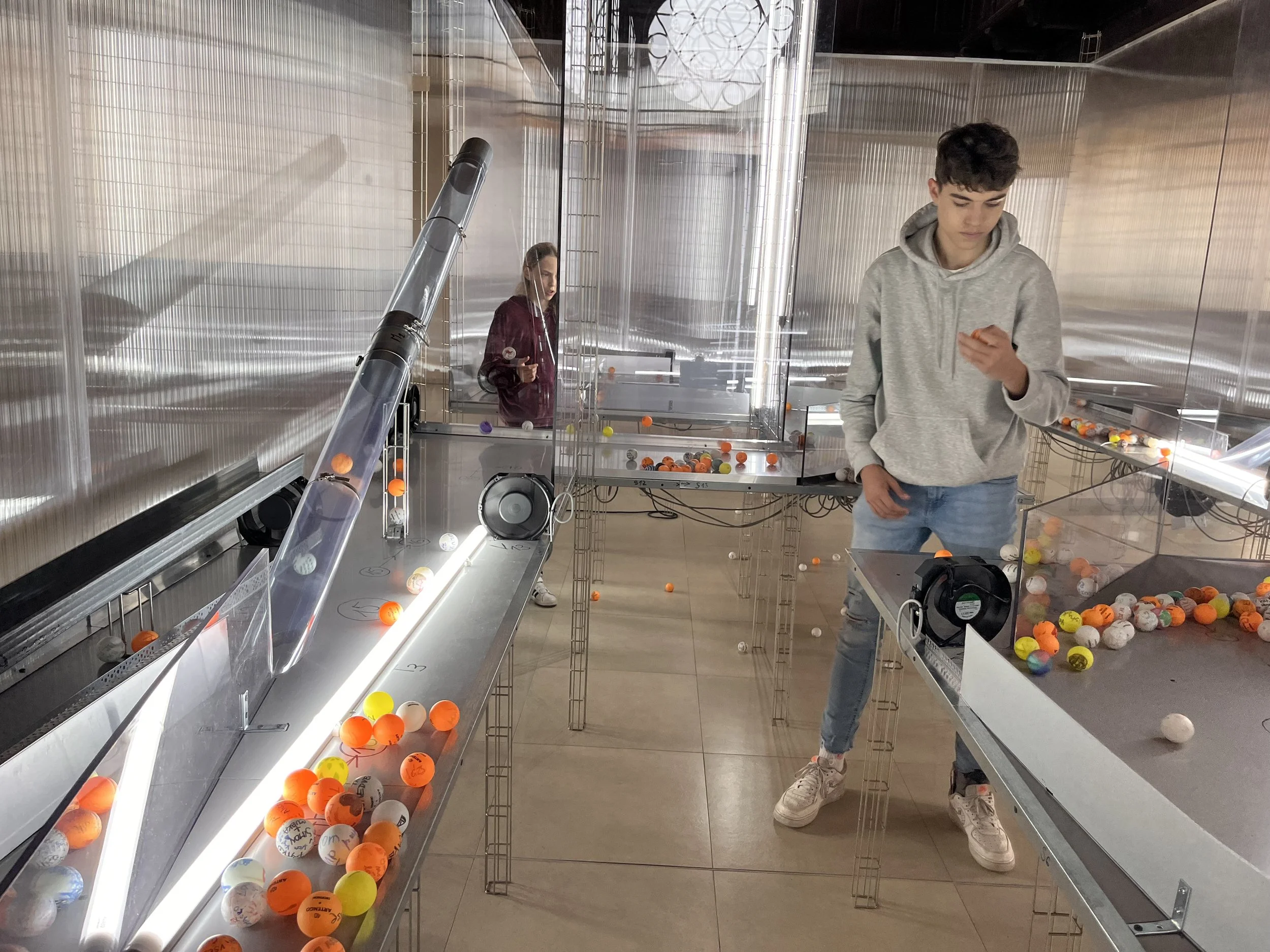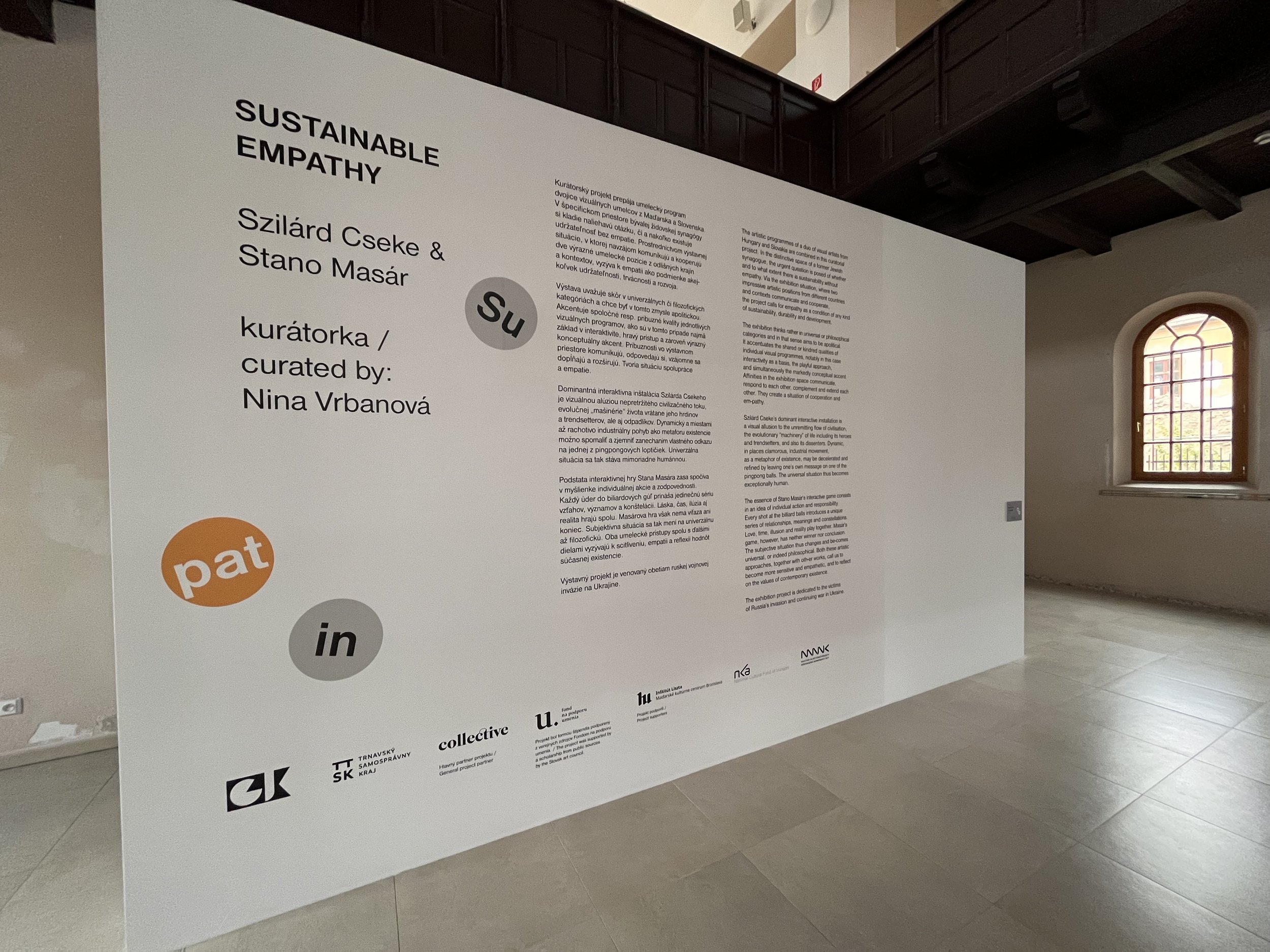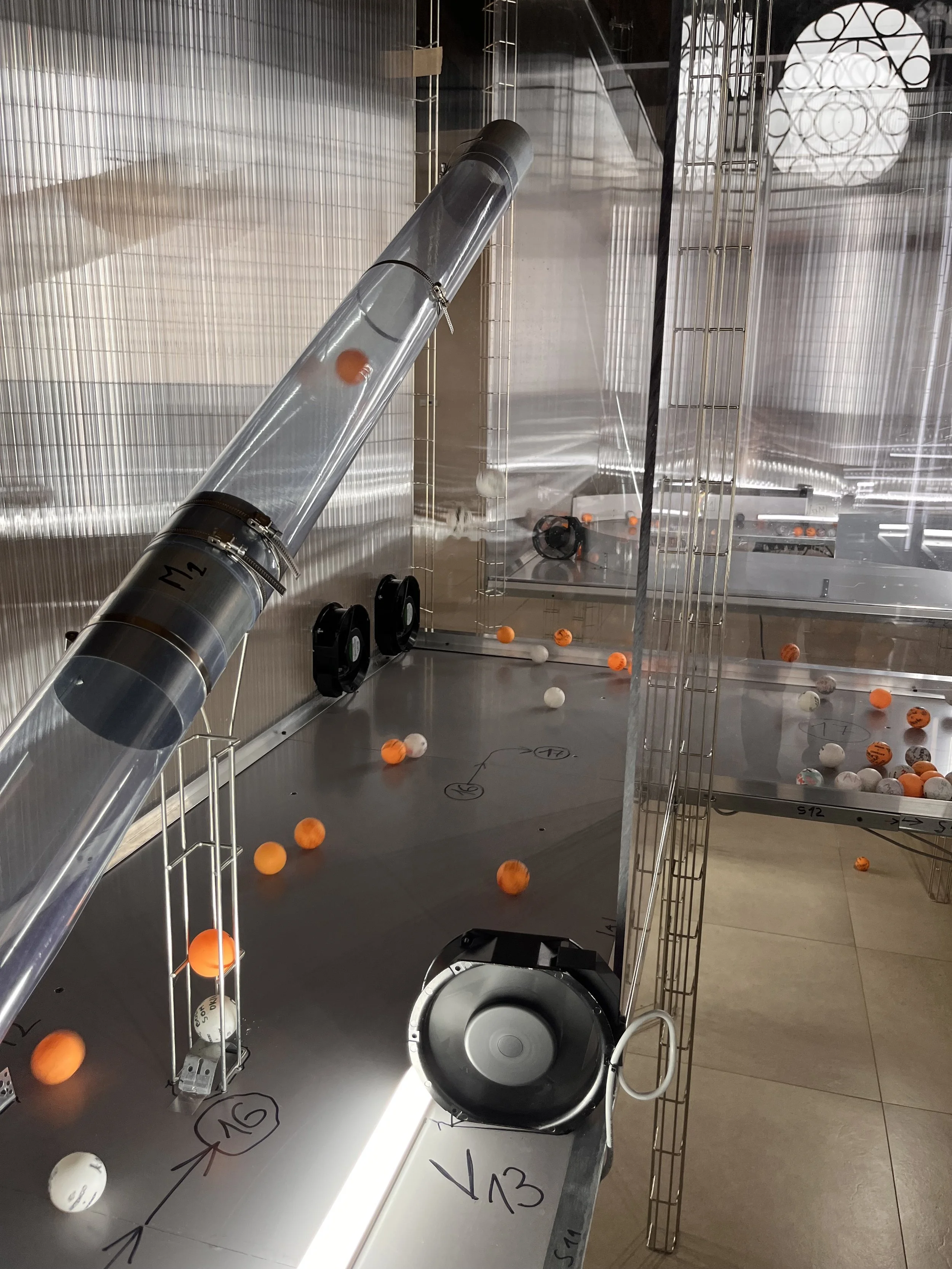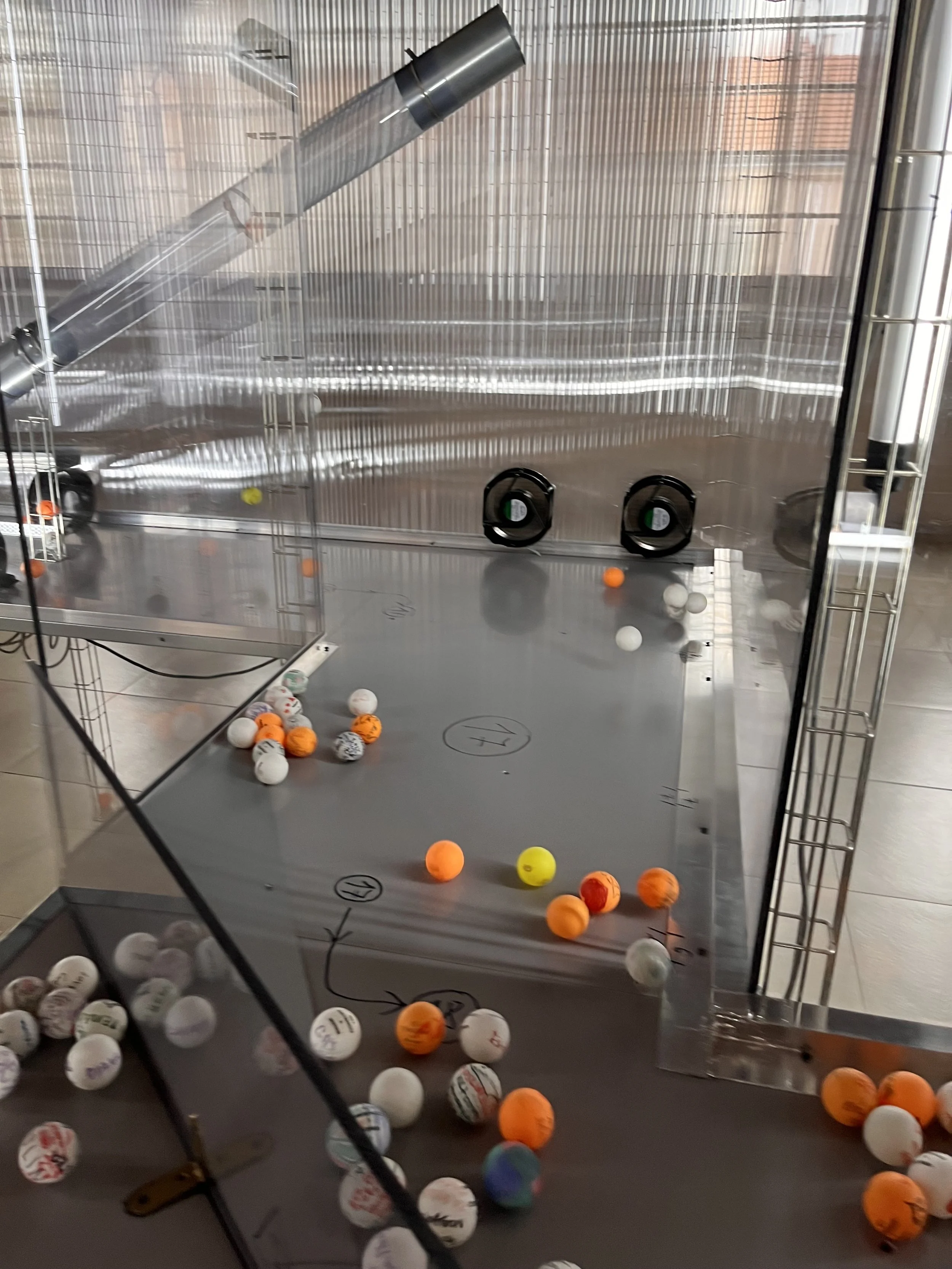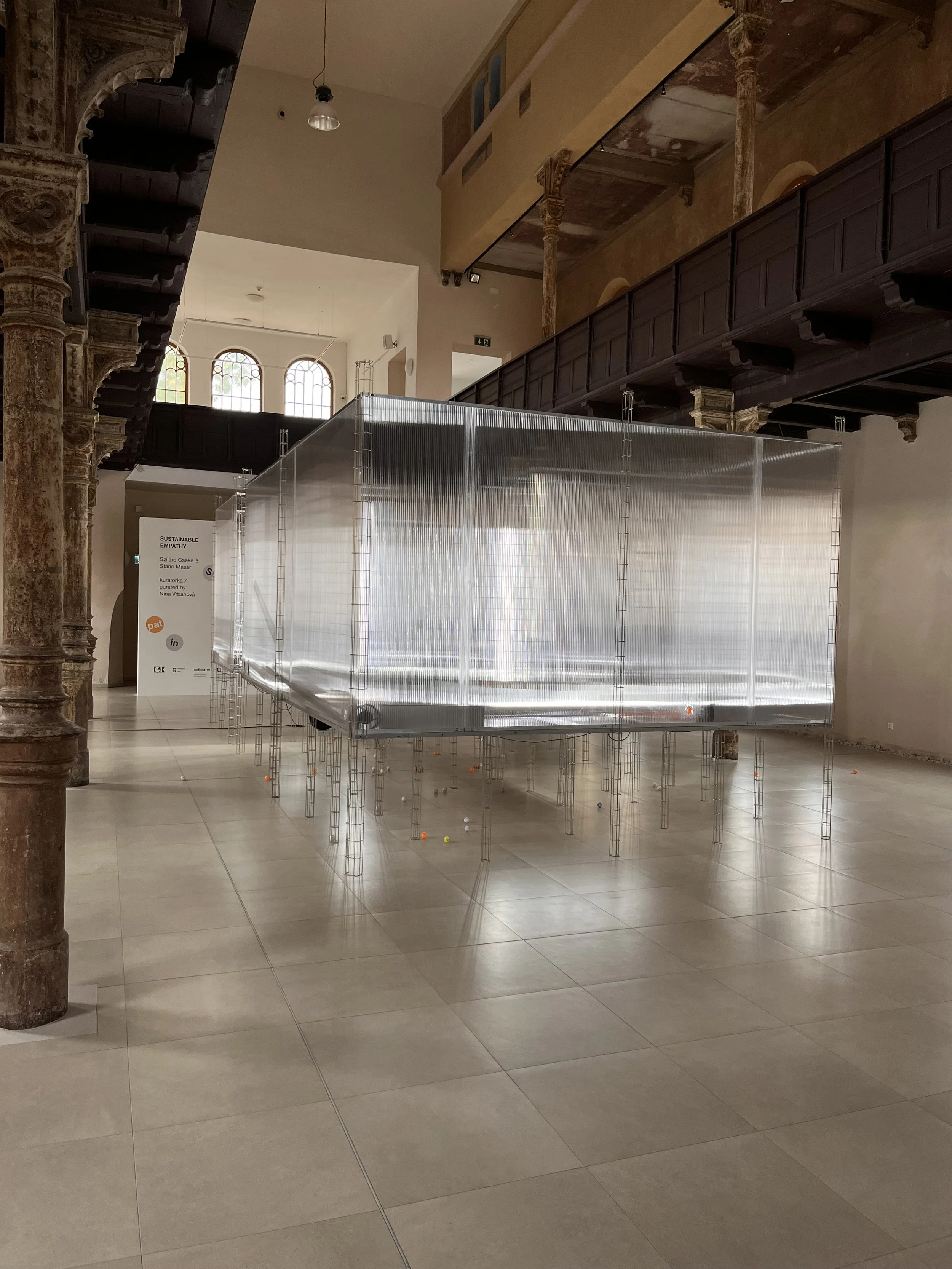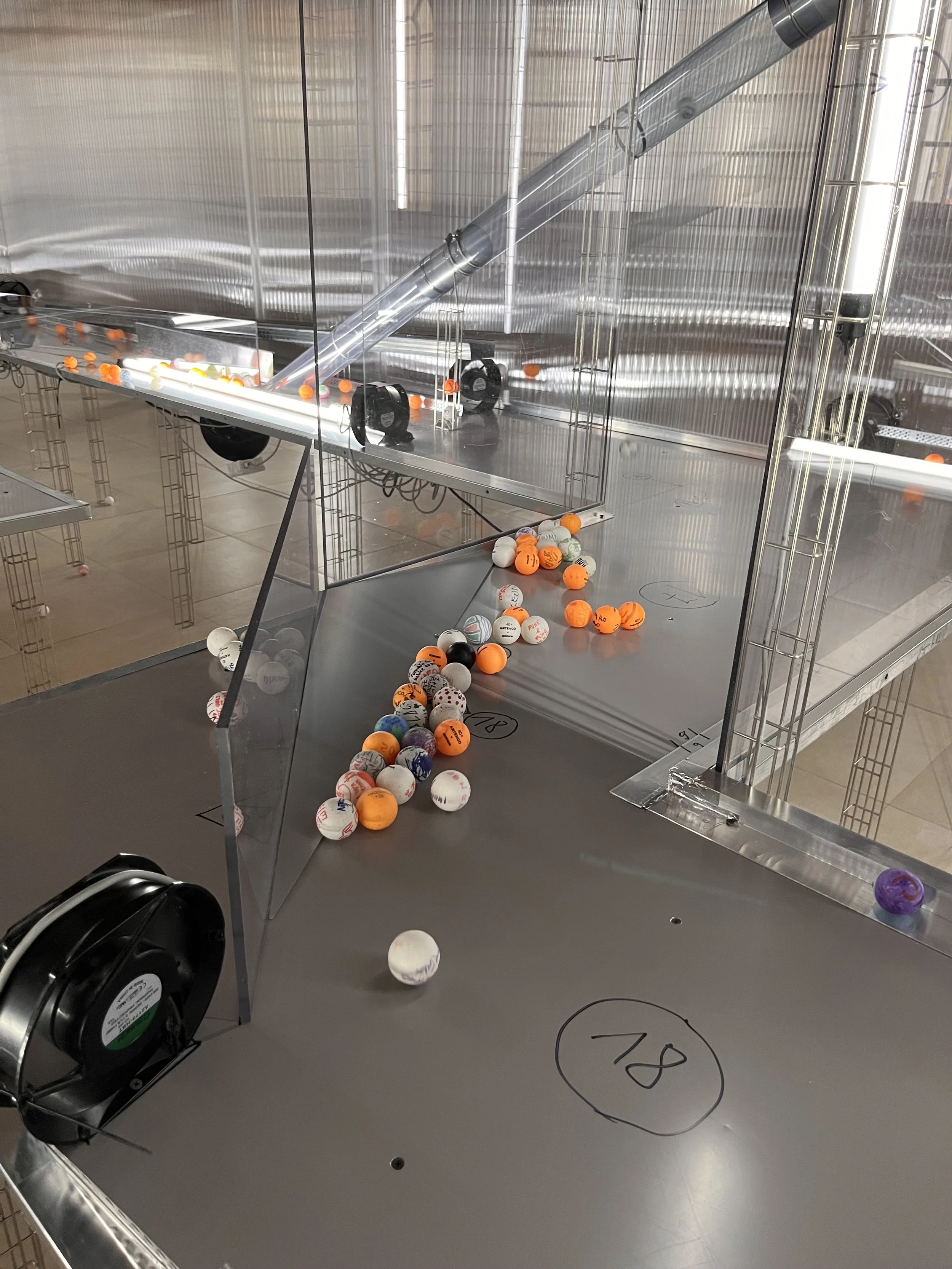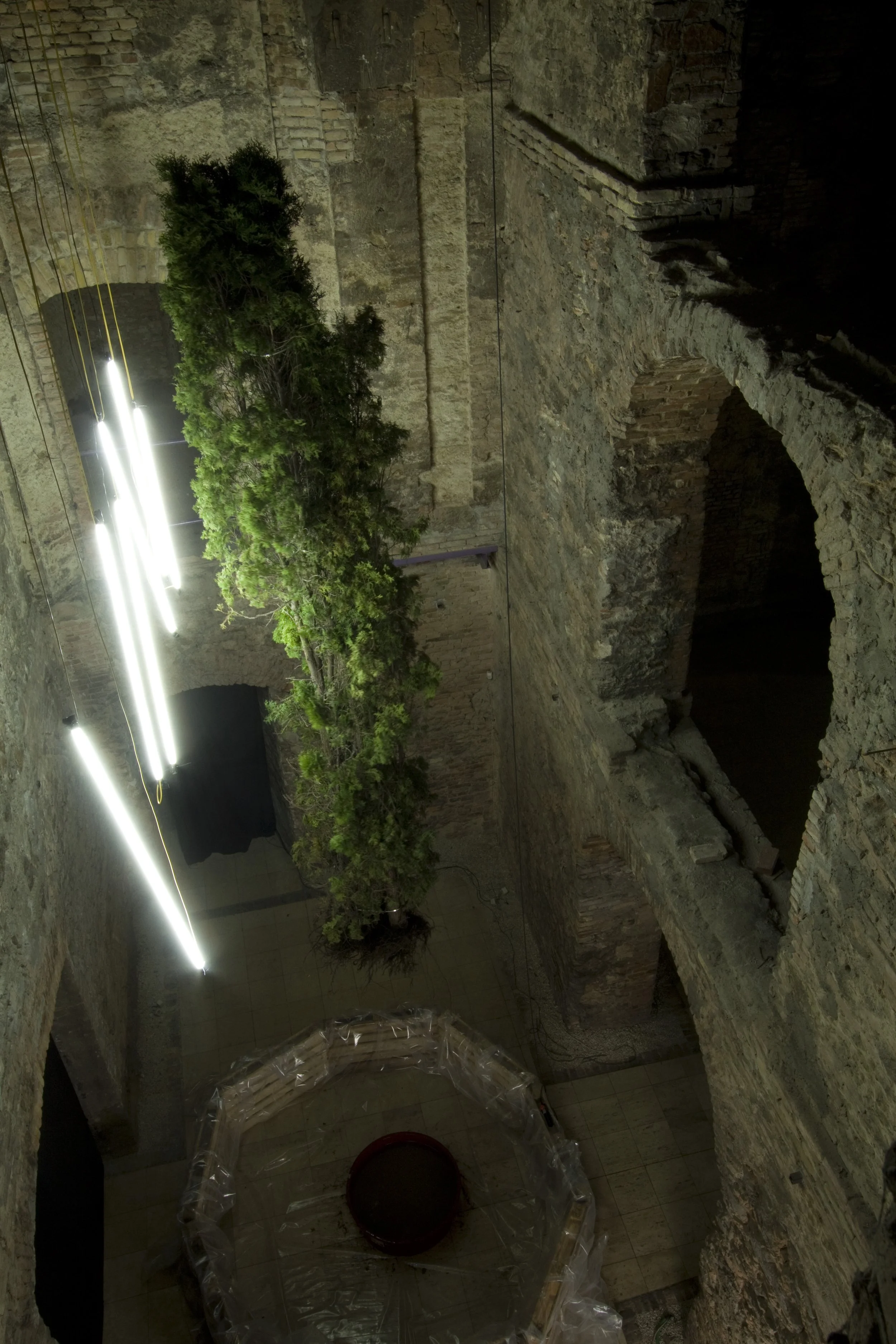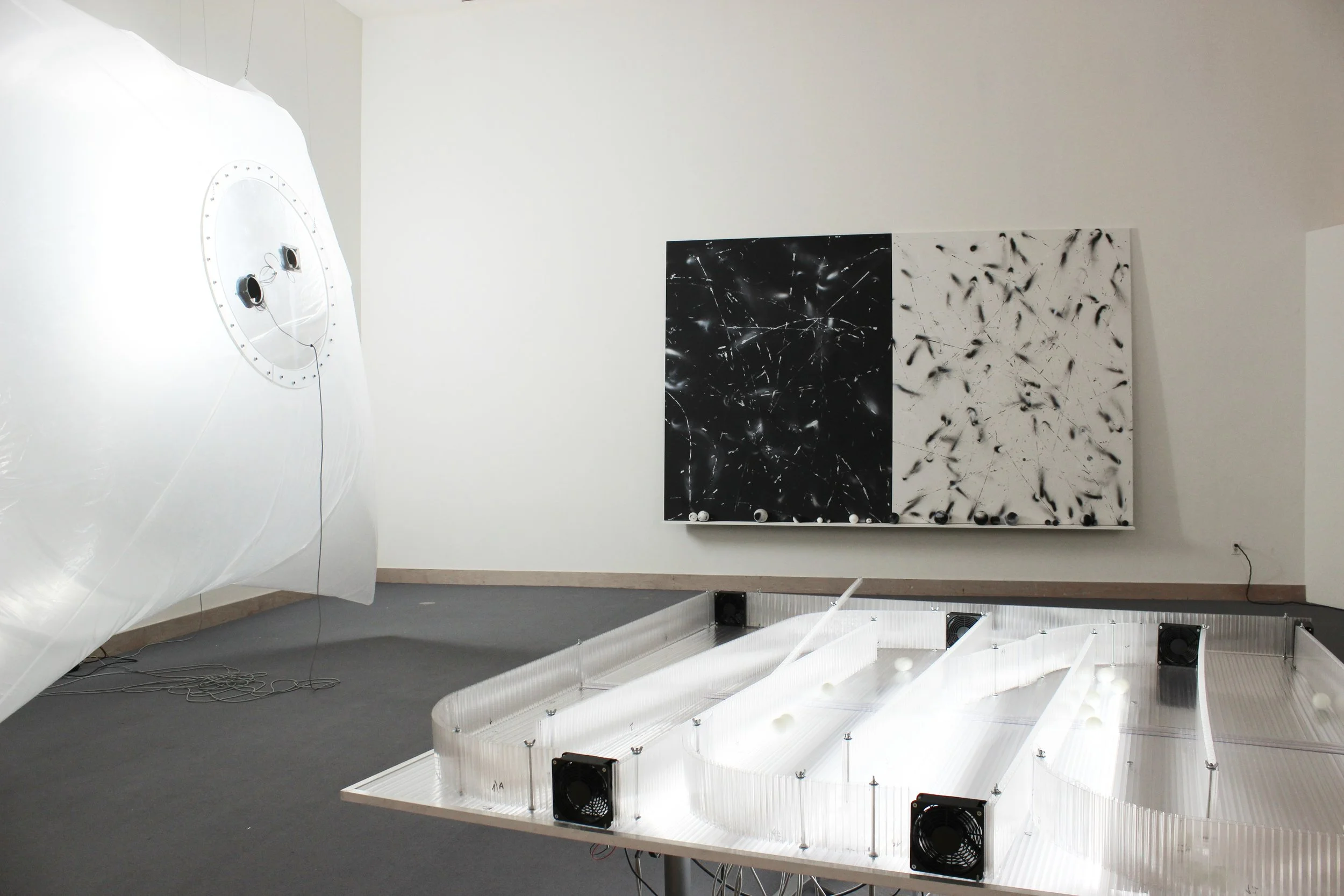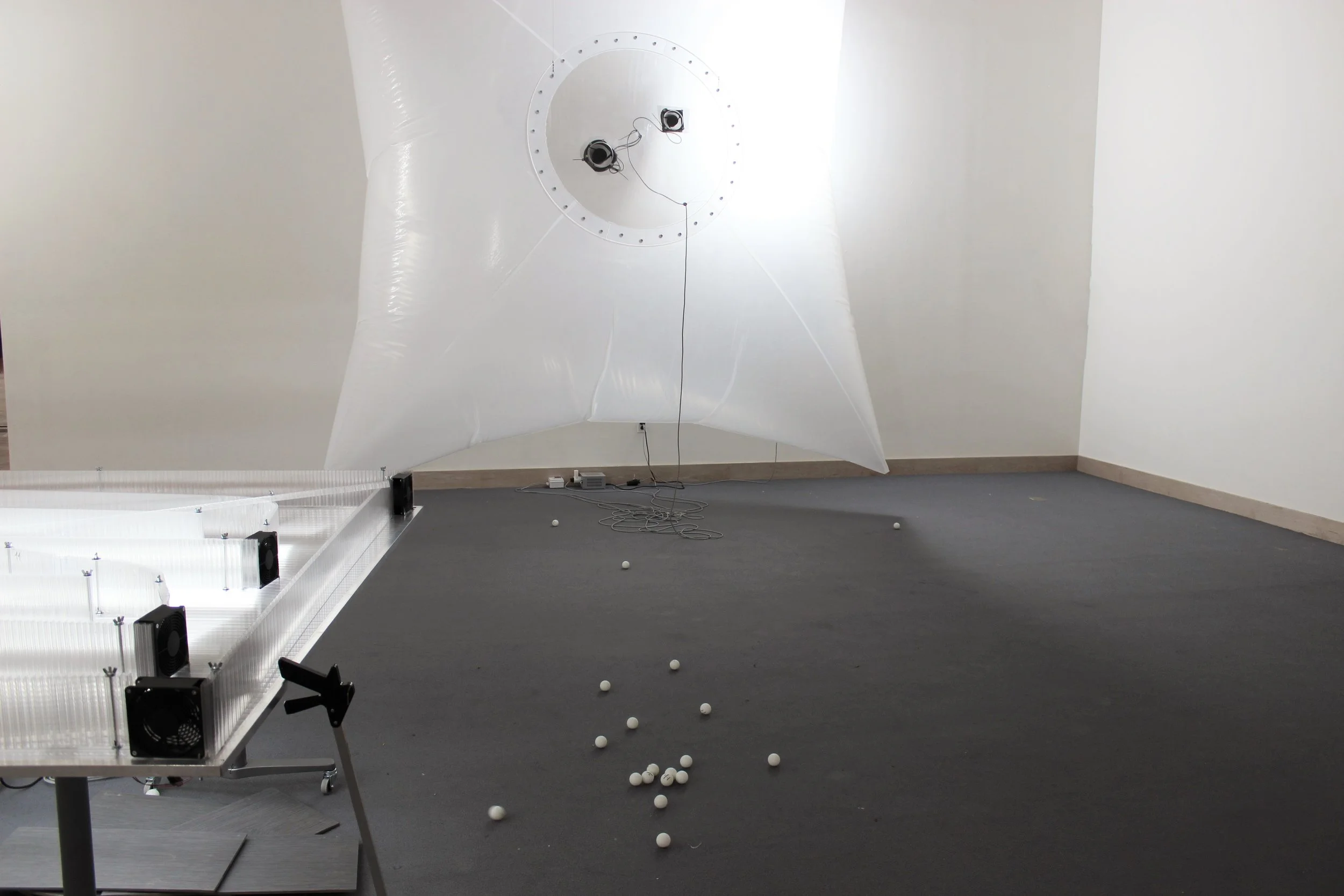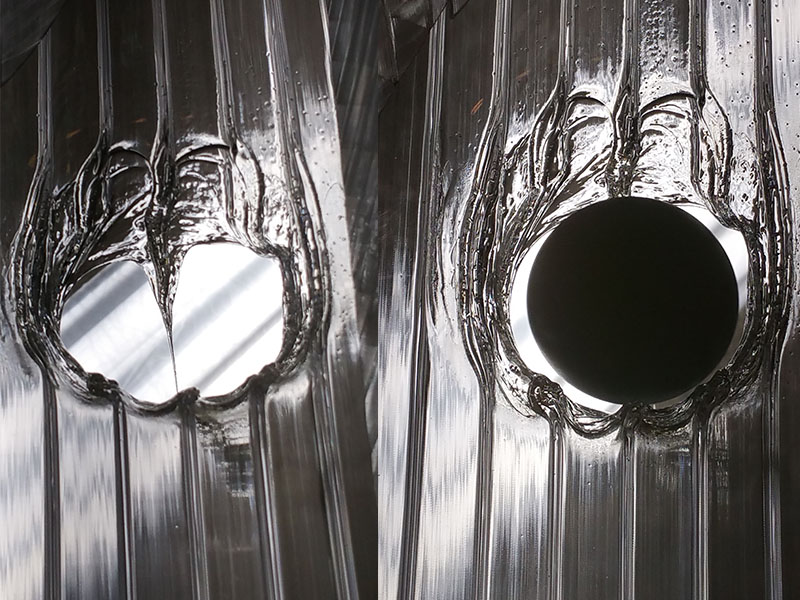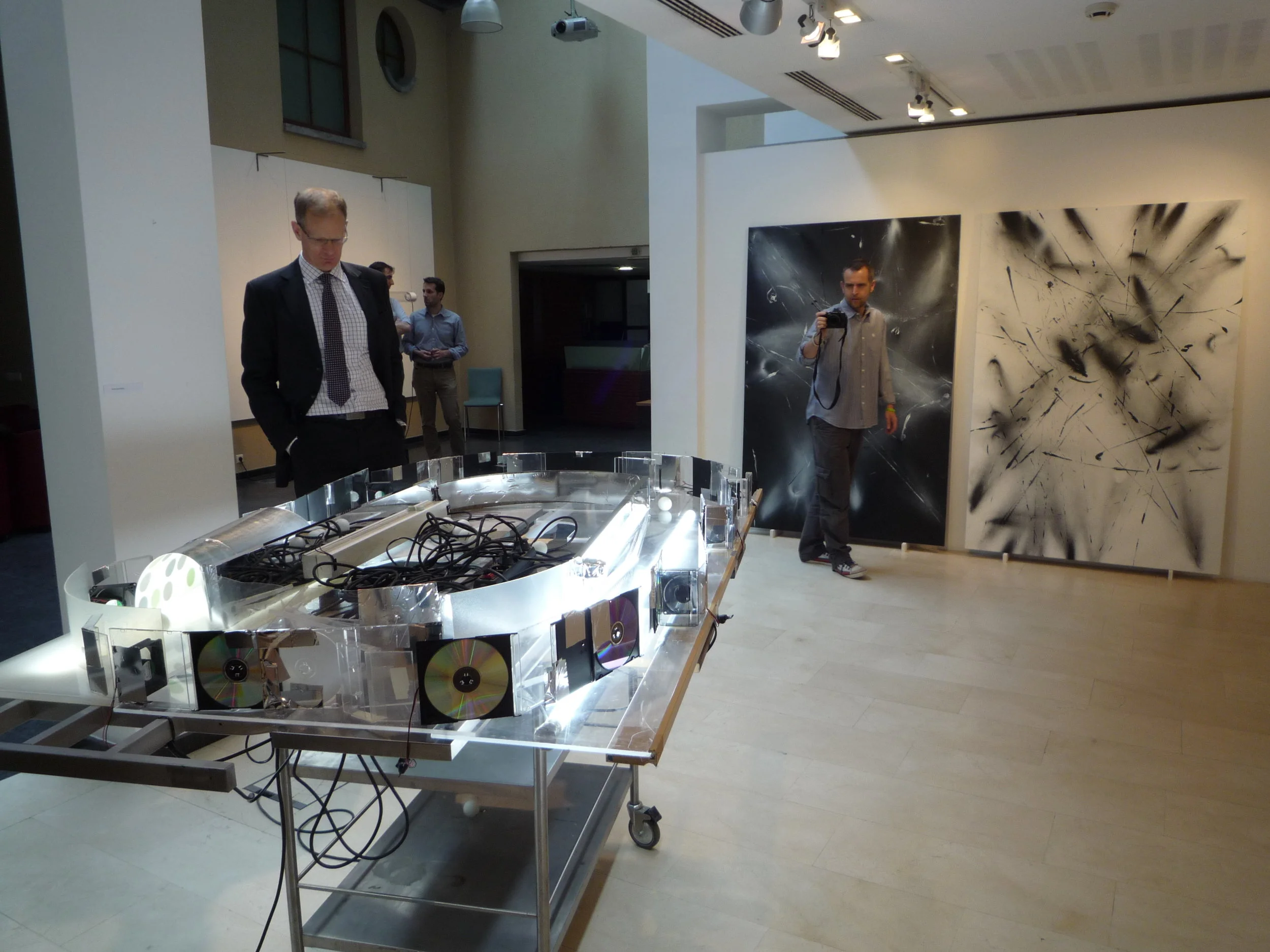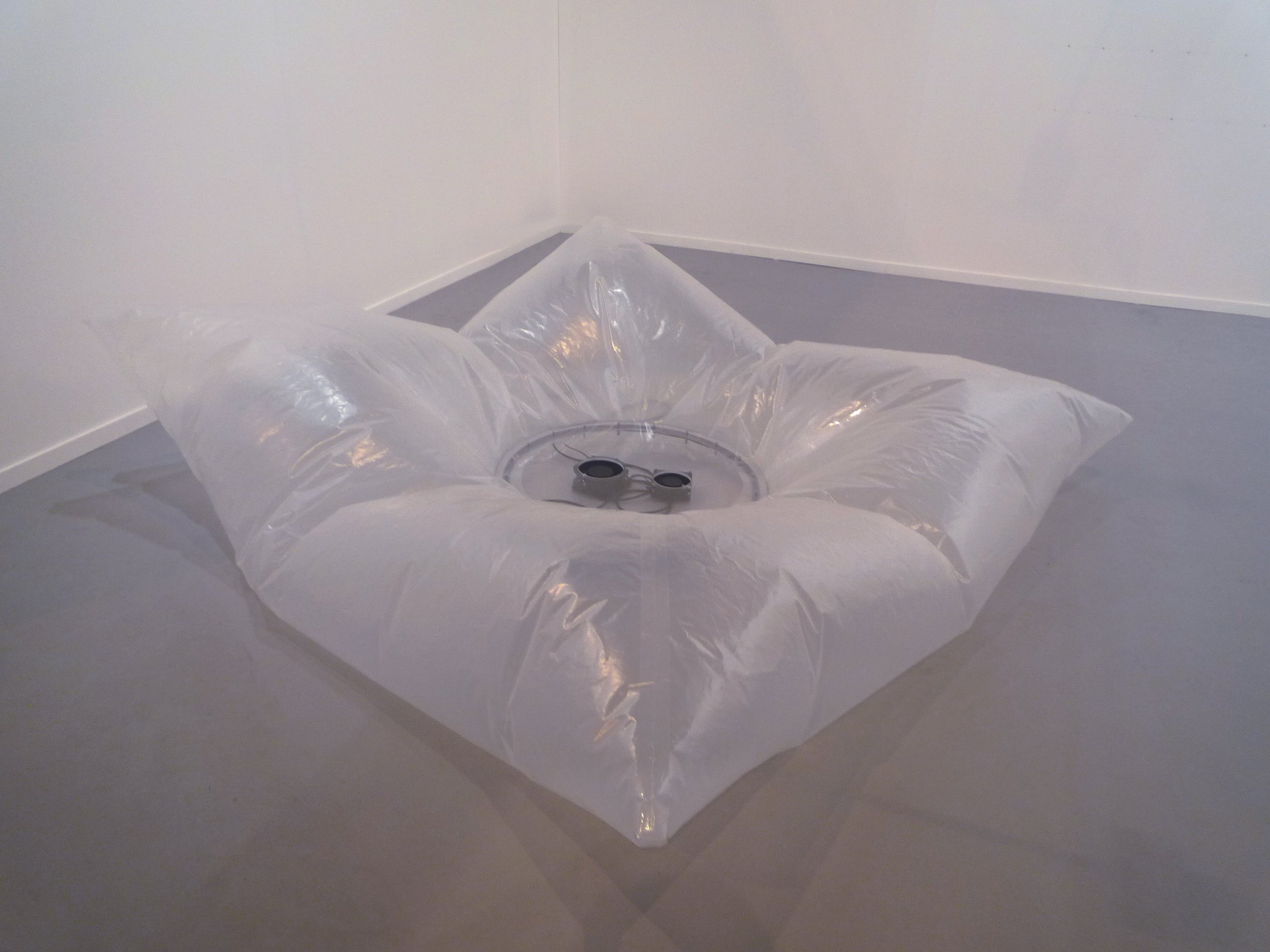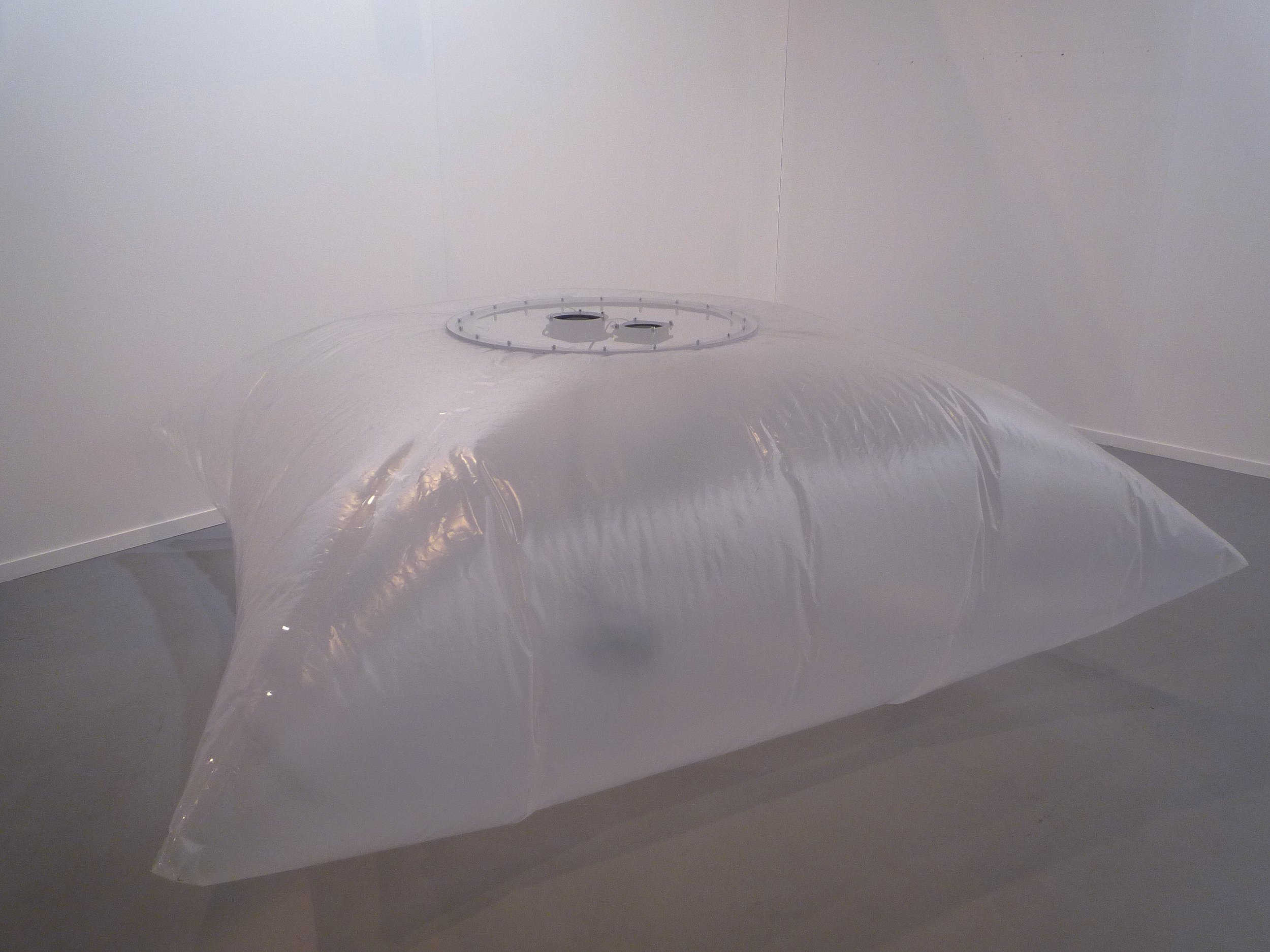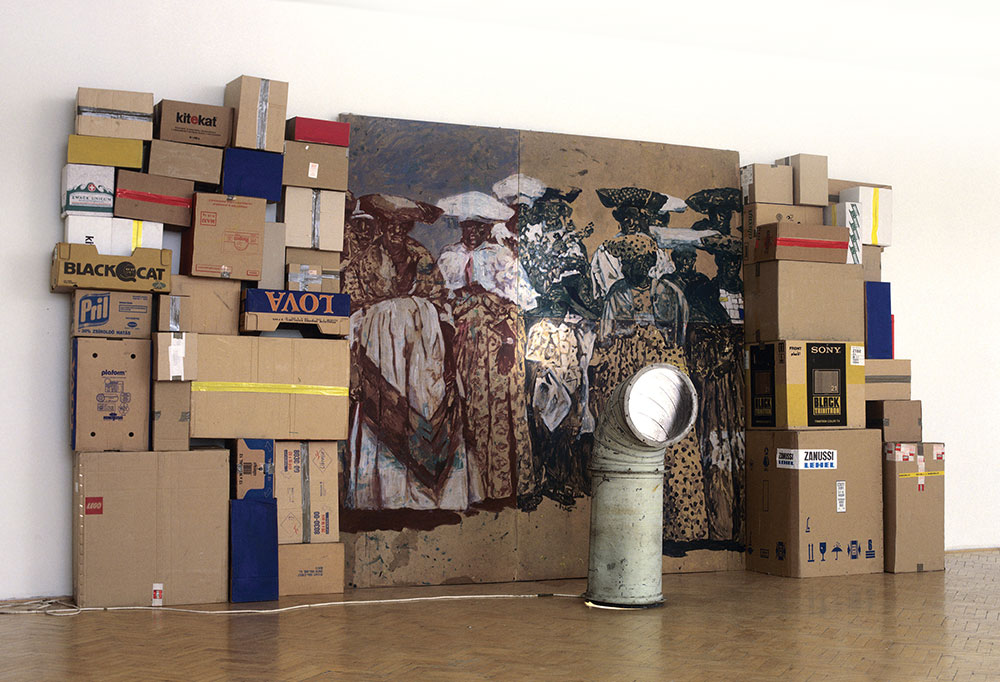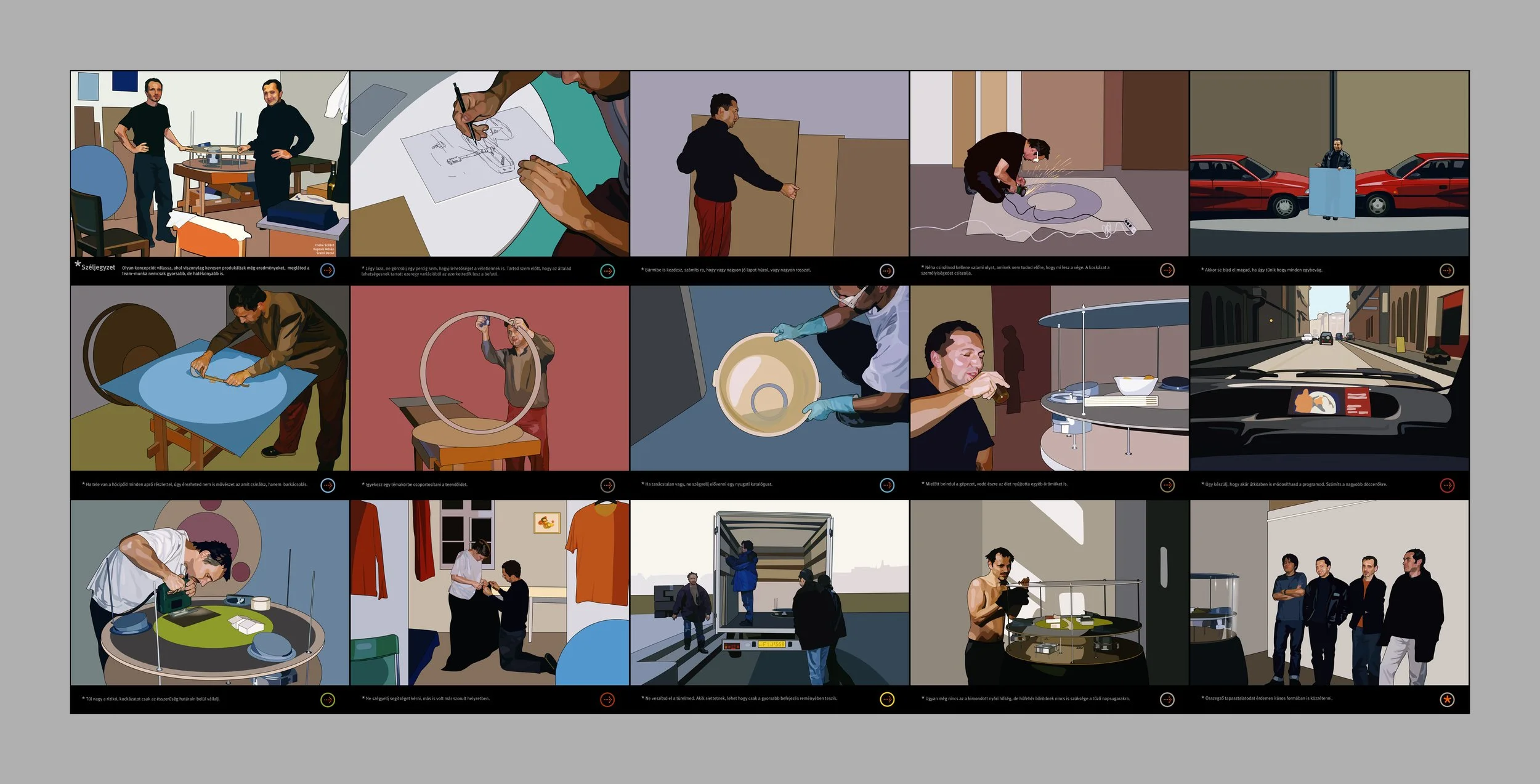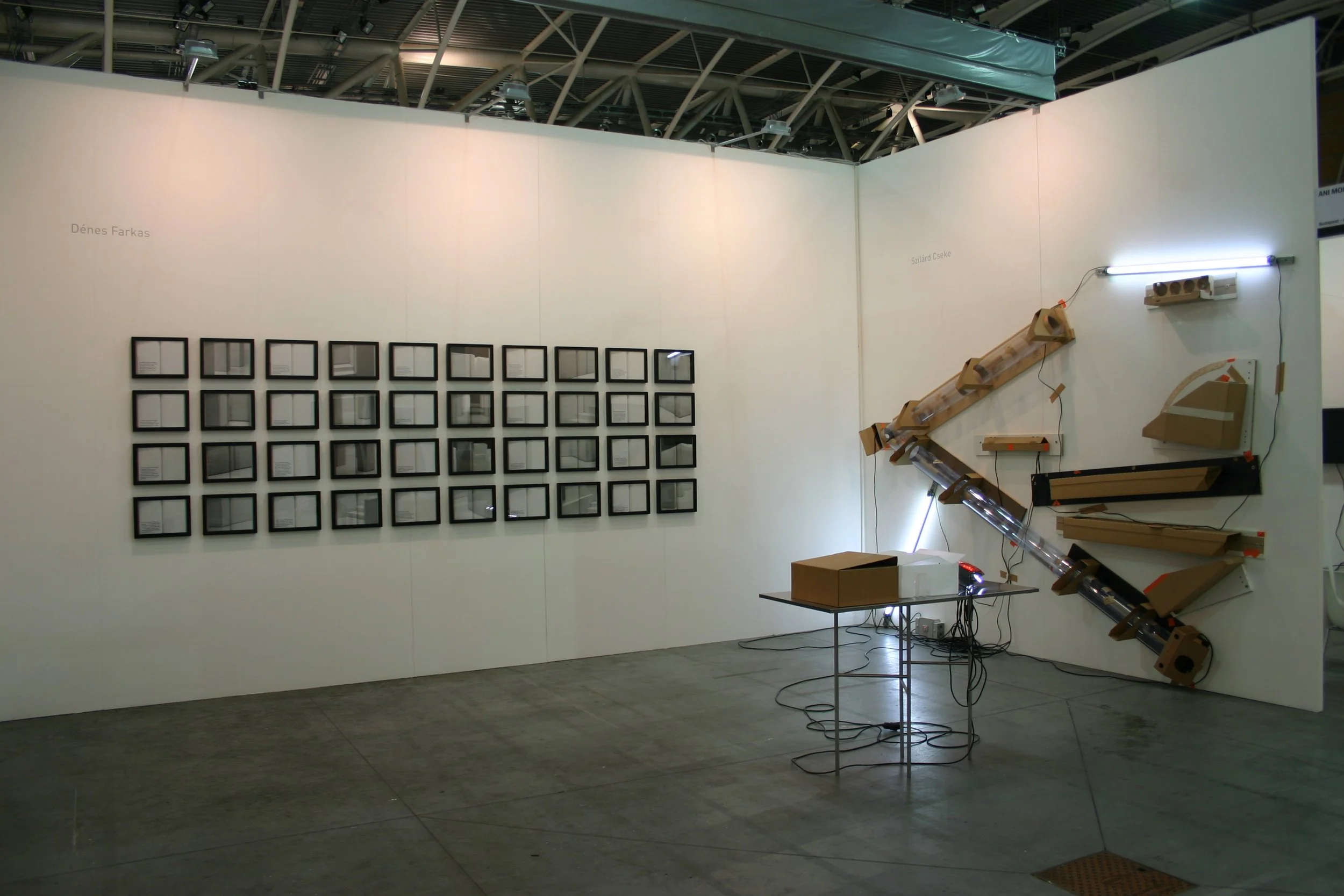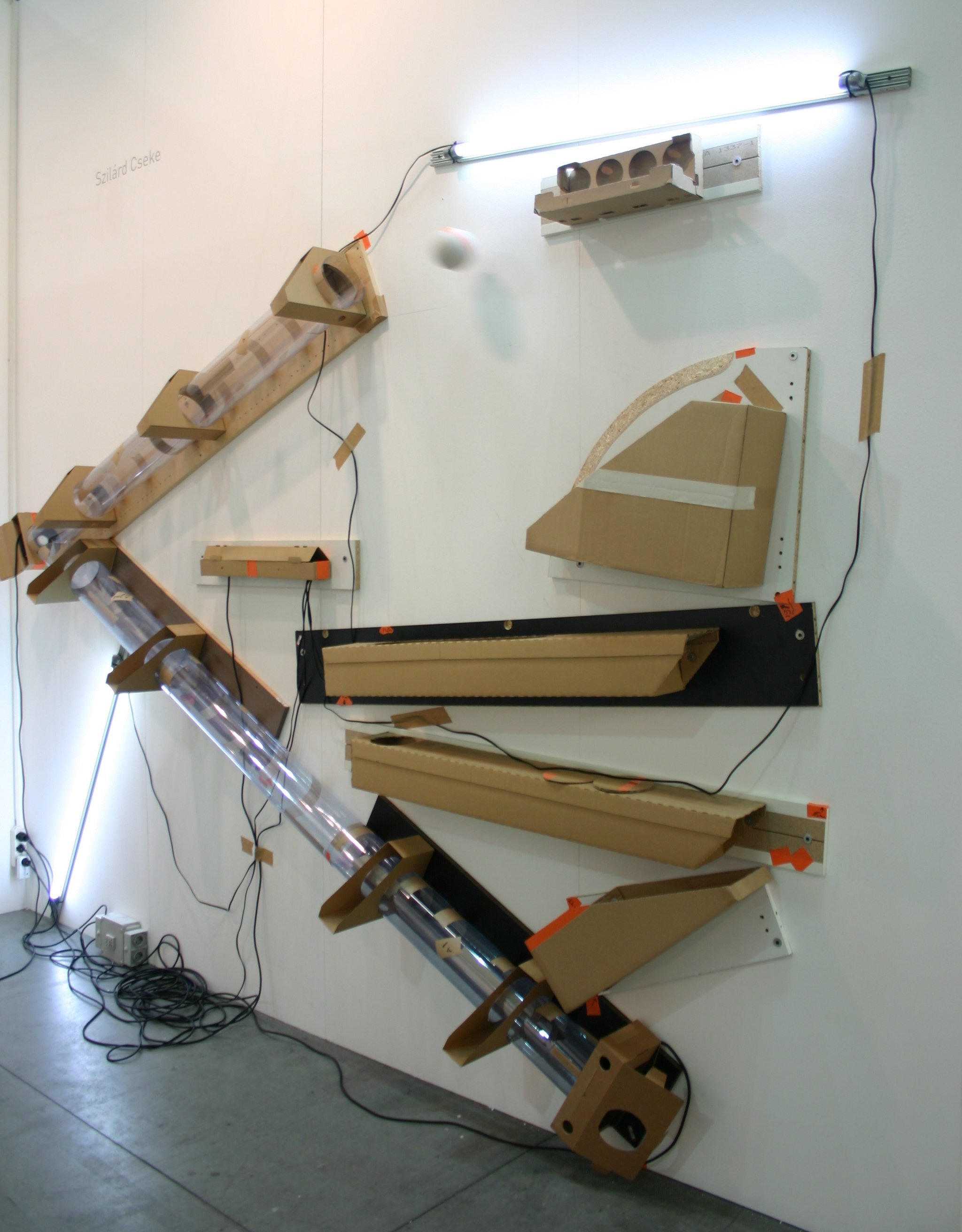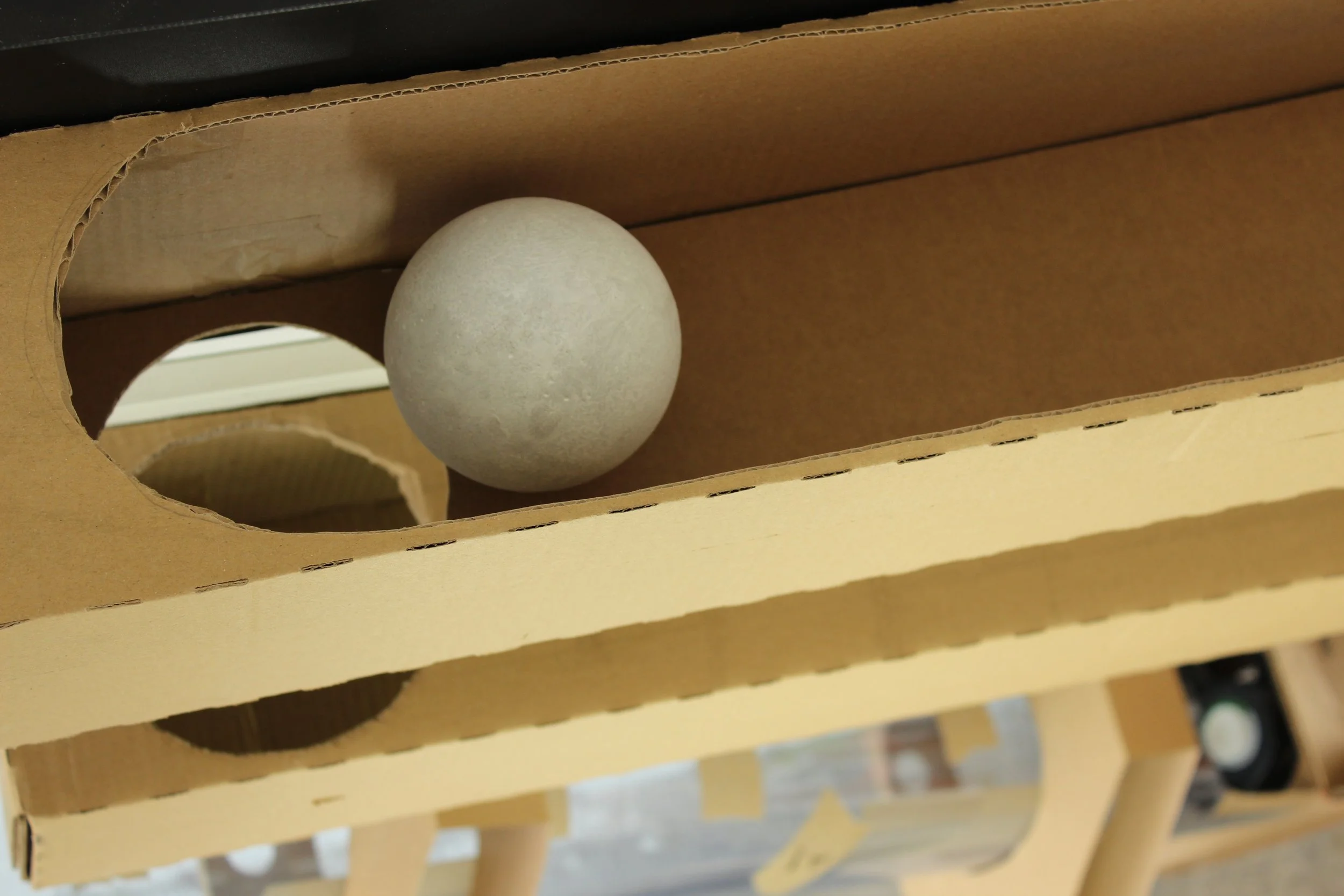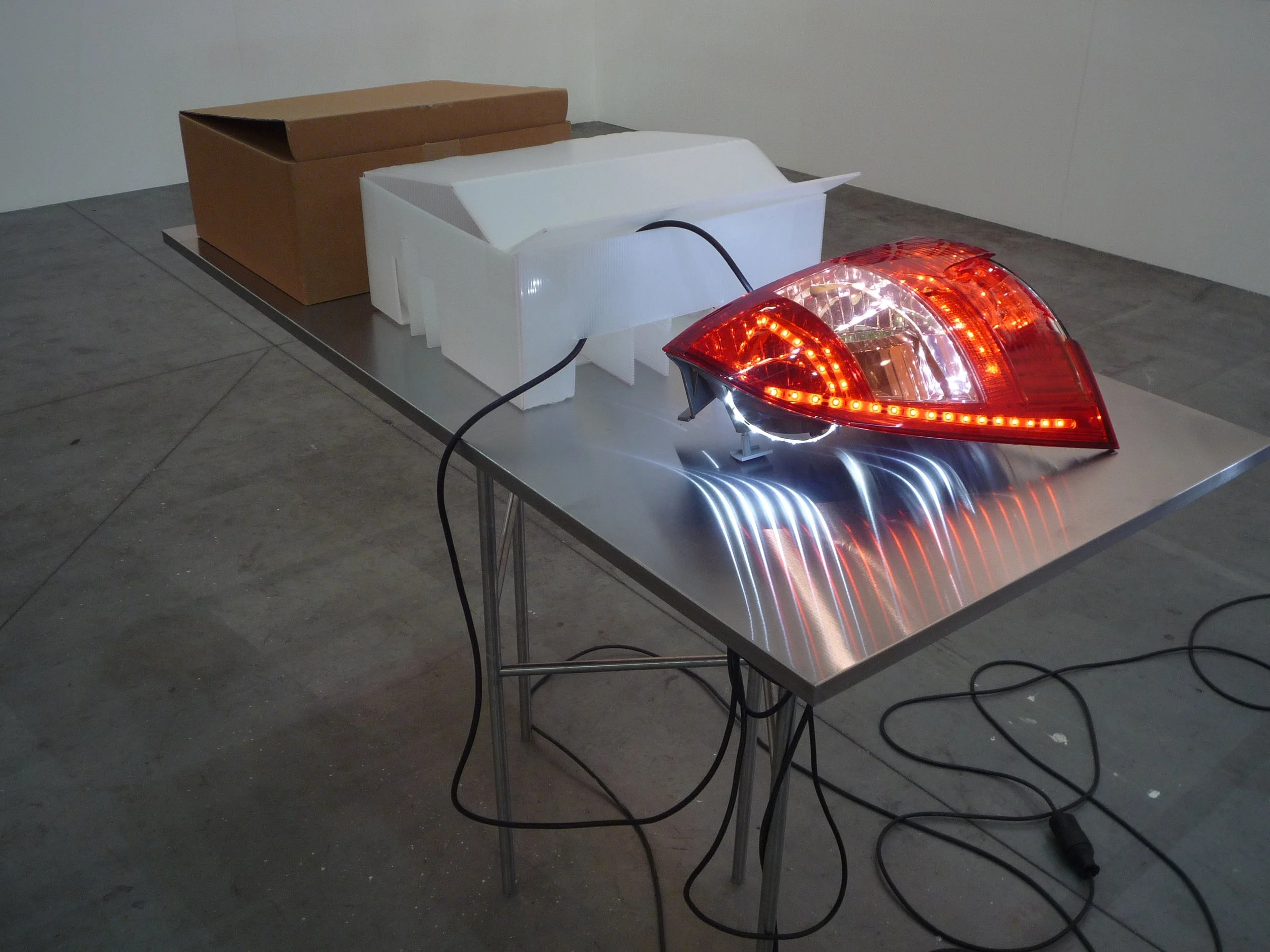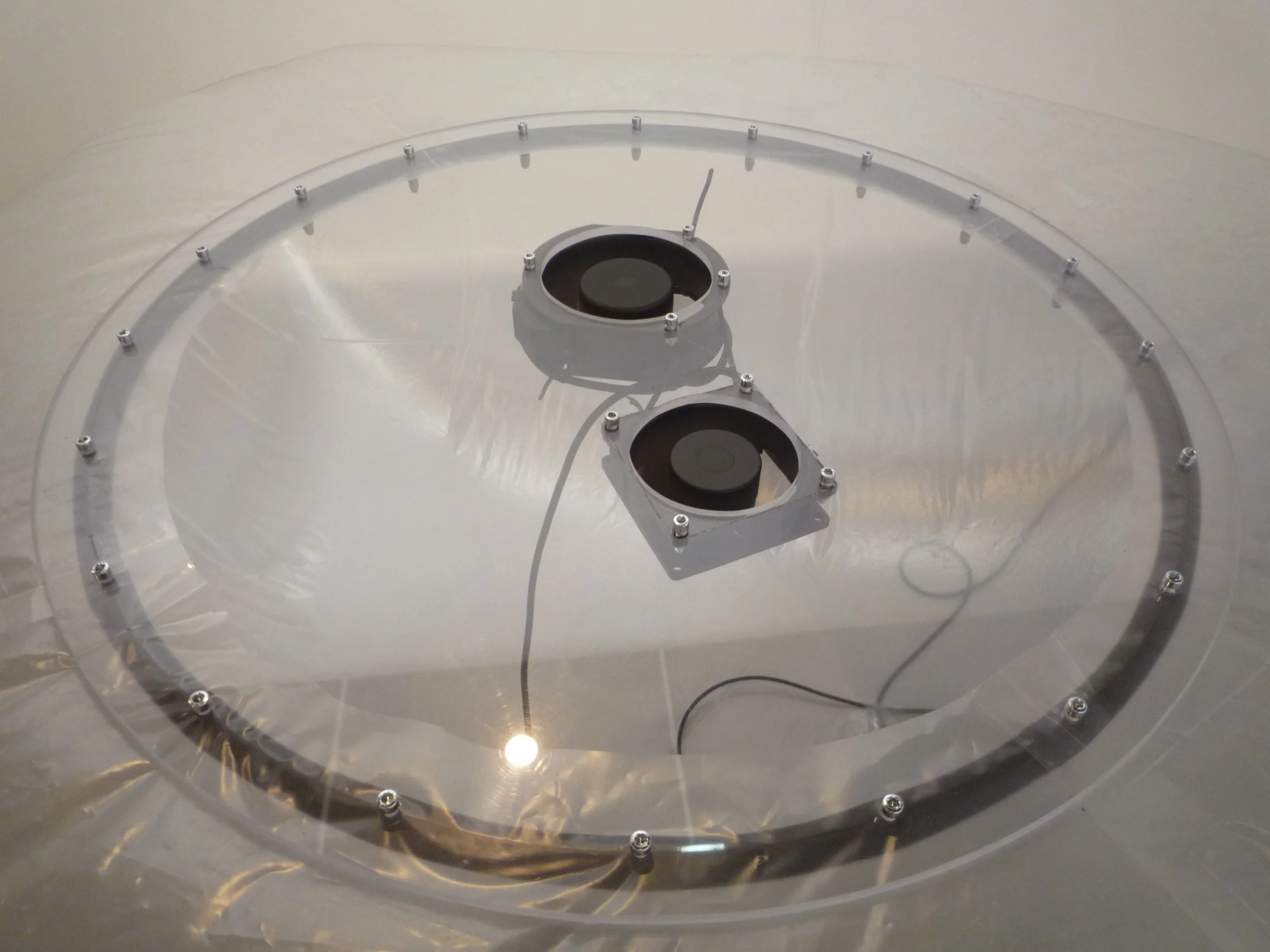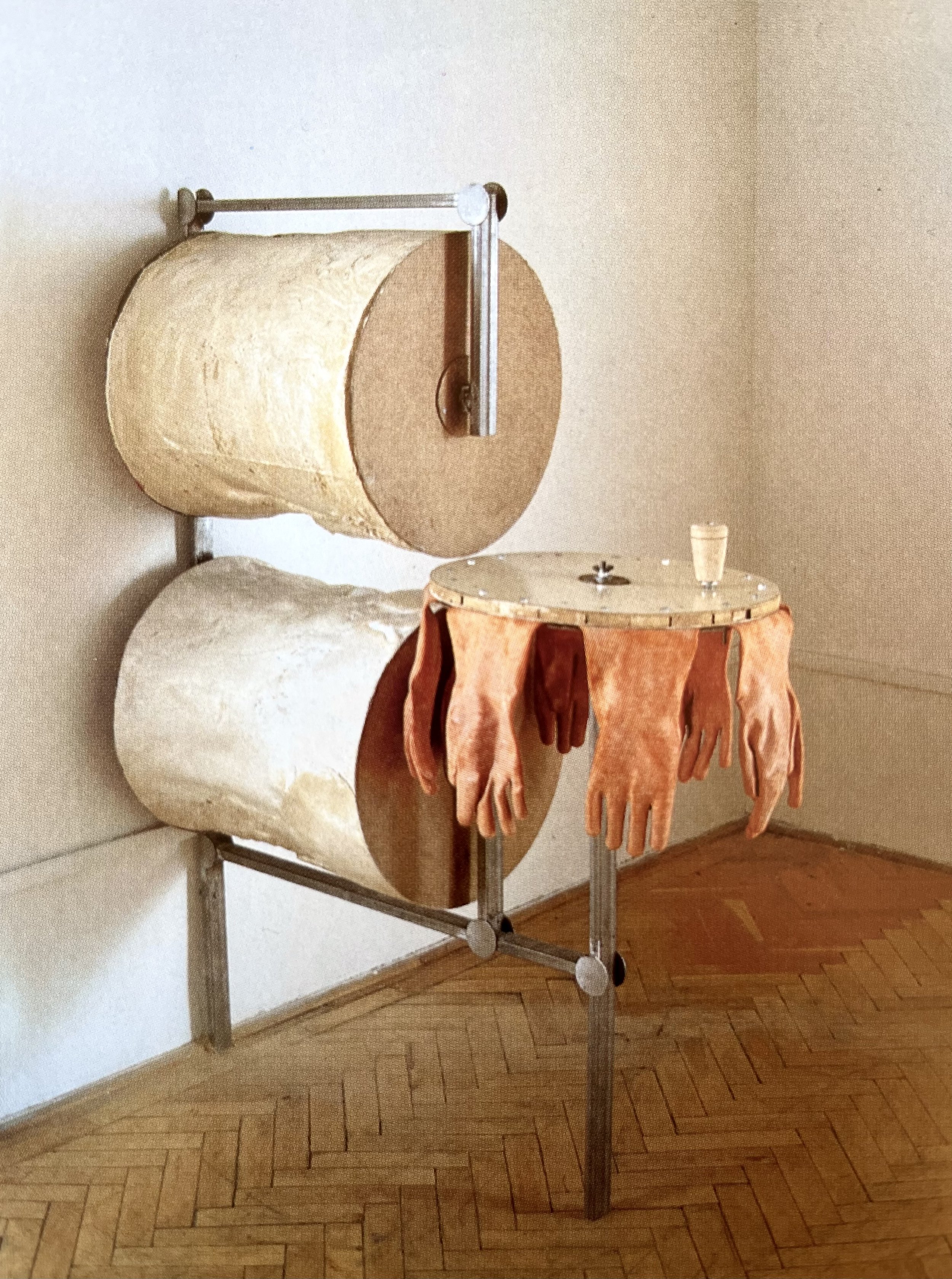Szilárd Cseke I Stano Masár
Jan Koniarek Gallery - Synagogue - Centre of Contemporary Art Trnava Slovakia
Curator: Nina Vrbanová
12 09 - 30 10 2022
The artistic programmes of a duo of visual artists from Hungary and Slovakia are combined in this curatorial project. In the distinctive space of a former Jewish synagogue, the urgent question is posed of whether and to what extent there is sustainability without empathy. Via the exhibition situation, where two impressive artistic positions from different countries and contexts communicate and cooperate, the project calls for empathy as a condition of any kind of sustainability, durability and development.
The exhibition thinks rather in universal or philosophical categories and in that sense aims to be apolitical. It accentuates the shared or kindred qualities of individual visual programmes, notably in this case interactivity as a basis, the playful approach, and simultaneously the markedly conceptual accent. Affinities in the exhibition space communicate, respond to each other, complement and extend each other. They create a situation of cooperation and em-pathy.
Szilárd Cseke’s dominant interactive installation is a visual allusion to the unremitting flow of civilisation, the evolutionary “machinery” of life including its heroes and trendsetters, and also its dissenters. Dynamic, in places clamorous, industrial movement, as a metaphor of existence, may be decelerated and refined by leaving one’s own message on one of the pingpong balls. The universal situation thus becomes exceptionally human.
The essence of Stano Masár’s interactive game consists in an idea of individual action and responsibility. Every shot at the billiard balls introduces a unique series of relationships, meanings and constellations. Love, time, illusion and reality play together. Masár’s game, however, has neither winner nor conclusion. The subjective situation thus changes and be-comes universal, or indeed philosophical. Both these artistic approaches, together with other works, call us to become more sensitive and empathetic, and to reflect on the values of contemporary existence.
Szilárd Cseke (*1967, Hungary) graduated from the University of Pécs in 1991, and in 1995 from the Faculty of Fine Arts of the University of Pécs, Faculty of Painting, postgraduate artist master's course. His masters were Ilona Keserü, István Bencsik and Gyula Konkoly. His most significant works have been presented in the genres of painting and interactive installations. The themes of his painting are our natural environment and series of paintings reflecting on social phenomena. His interactive installations explore themes of identity or economy and society. His multimedia project Sustainable Identities was featured at the 56th Venice International Biennale of Fine Arts. Munkácsy Prize winner since 2014. As a visual arts organizer, he has conceptualized and implemented numerous exhibition projects in non-profit and commercial galleries, national and international art fairs. He was co-founder and professional director of the Ani Molnár Gallery and Park Gallery in Budapest. His work is included in several major private and public collections: Museum Ludwig, Budapest, Deutsche Telekom, Bonn, AXA Art Americas Corporation, New York, Museum Kiscell – Municipal Picture Gallery Budapest, Contemporary Art Collection – Hungarian National Bank, Budapest, Moholy-Nagy University of Art and Design Budapest.
Stano Masár (*1971, Slovakia) studied at the Faculty of Education, Comenius University in Bratislava, completed his doctoral studies at the Academy of Fine Arts in Bratislava. He made a scholarship stay at Thames Valley University in London. He was a finalist for the Essl Award (Essl Award). He presents his work at domestic and foreign exhibitions (Venice Biennale of Architecture, Slovak National Gallery, Kunsthalle Bratislava, Museum of Art Žilina, Nitra Gallery, Ludwig Museum Budatest, Mediations Biennale, Modem Debrecen, GASK Kutná Hora, GVU Zlín) and contemporary art fairs (Pulse New York, Miami, ViennaFair Vienna). His works are represented in collections in Slovakia: Slovak National Gallery Bratislava, Museum of Art Žilina, Bratislava City Gallery, Nitra Gallery, J. Koniarek Gallery in Trnava, E. Zmetak Gallery in Nove Zamky, abroad, the ECB Collection Frankfurt am Main, and in private collections (Lewben Art Foundation, Maris Vitols Collection and others). For the artdispečing.sk portal, he programmatically manages video reports on events in Slovak visual art and documentaries on the older generation of artists. He lives and works in Bratislava.
Nina Vrbanová (*1986, Slovakia) is a curator and critic of contemporary visual art. She studied at the Constantine the Philosopher University in Nitra (SK) and the Charles University in Prague (CZ). Between 2009 and 2013, she worked as curator and project manager at the Cyprián Majerník Gallery in Bratislava. She pursued her doctoral studies in the field of aesthetics from 2010 to 2016. She worked in Kunsthalle Bratislava as a curator from 2014, and as director and chief curator from 2017 to 2020. She played a leading role in the institution of Kunsthalle Bratislava as an autonomous publicly-funded organisation of the Ministry of Culture of the Slovak Republic and was the author of the organisation’s Founding Document. In 2018, Artbase, the online database of contemporary Slovak visual art, was established on her initiative. She was a member of the Expert Commission to select a representative project for the Pavilion of the Czech and Slovak Republics at the 57th Venice Biennale. As a curator, she has prepared many exhibitions in Slovakia and abroad (selection: Open Depository – permanent exposure of the collection, 2011 / Stano Filko – Oklif Onats: Tranzscendenteaoq 5.D. (4.3.), 2012 – 2013 / Contextual Art. Art in a Context of Art 1991 – 2011, 2013 / PARADOX 90. Curatorial Concepts During Meciarism (1993 – 1998), Out of Limits, 2014 / Pavla Sceranková: Collision of Galaxies, 2015 / Krištof Kintera: Natural Nervosity, 2016 / Look What Is Back? The Slovak State in Contemporary art, 2016 / Ilona Németh: Eastern Sugar, 2018 / Emília Rigová: Čohani z Koni Ajlend. After Bári Raklóri, 2020 / Szilárd Cseke, Stano Masár: Sustainable Empathy, 2022).
The exhibition project is dedicated to the victims of Russia’s invasion and continuing war in Ukraine.











































